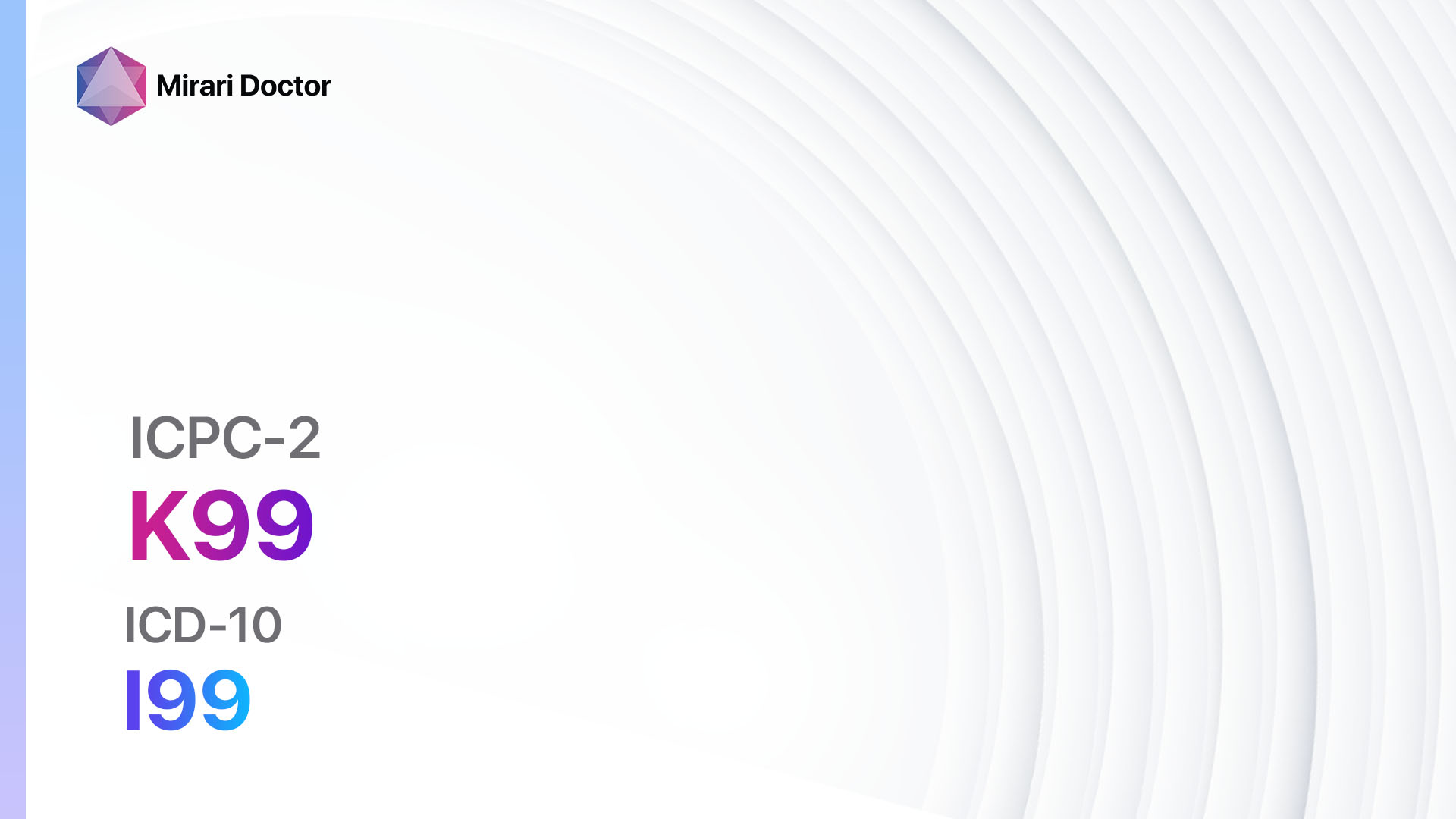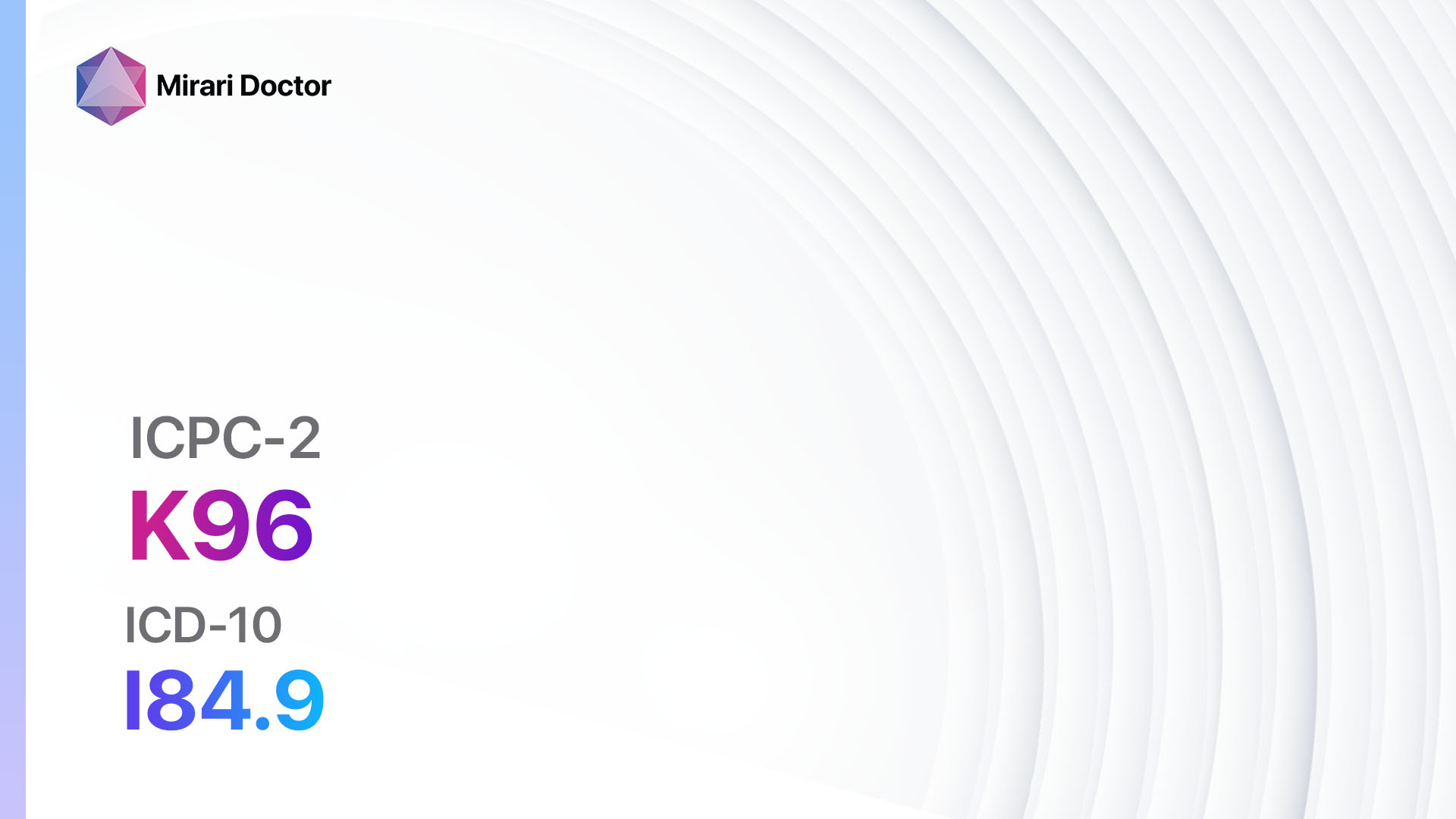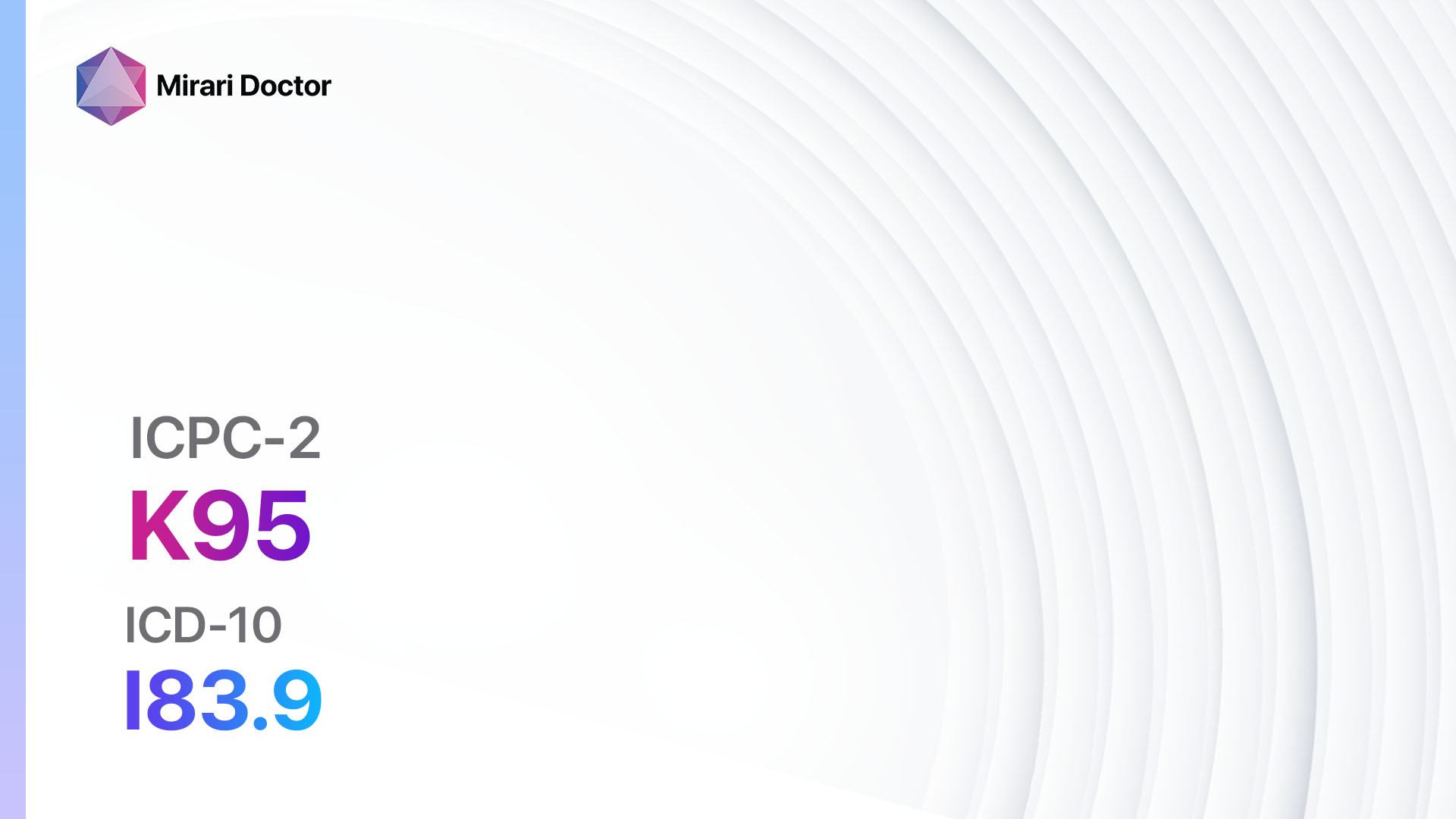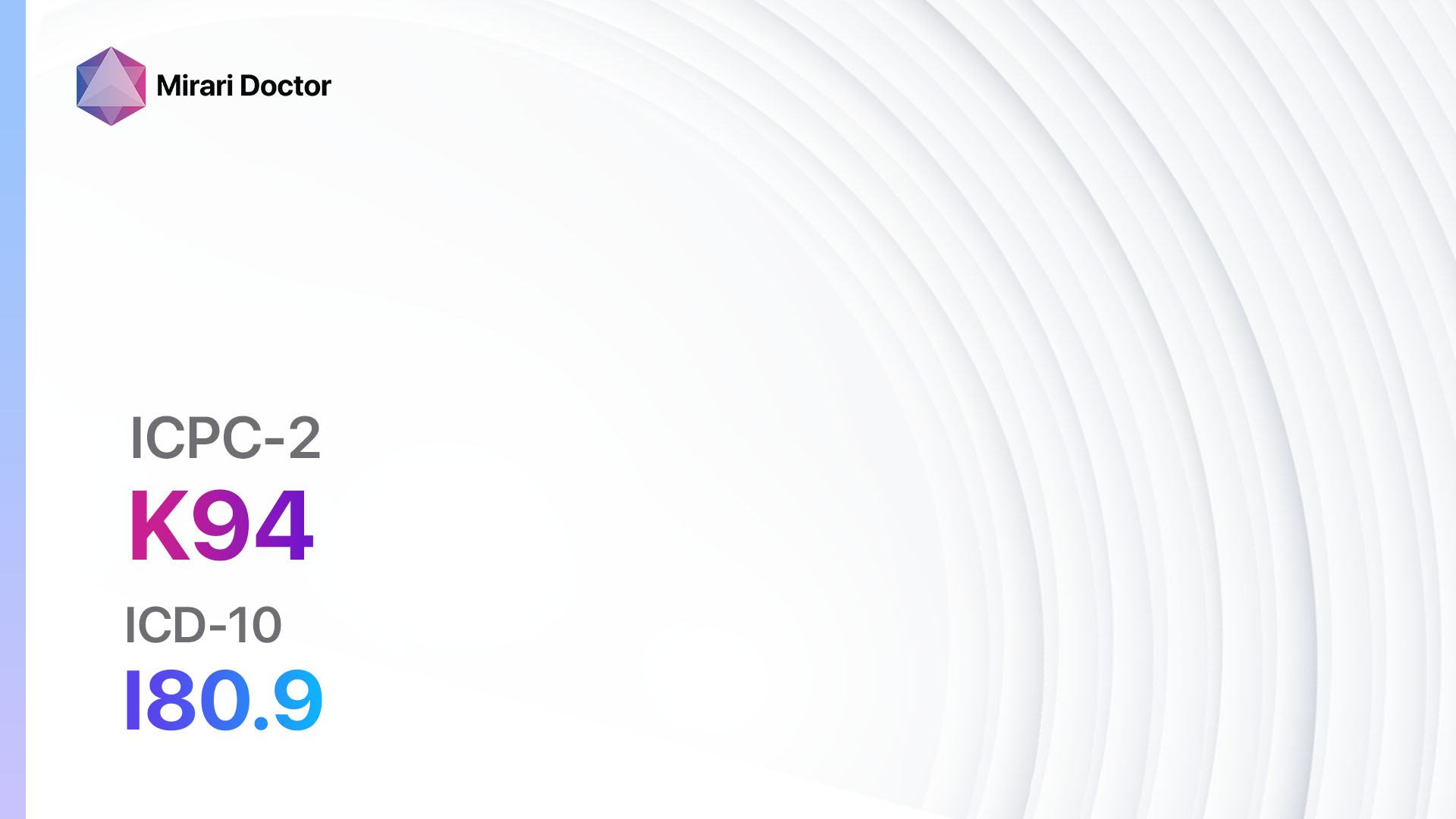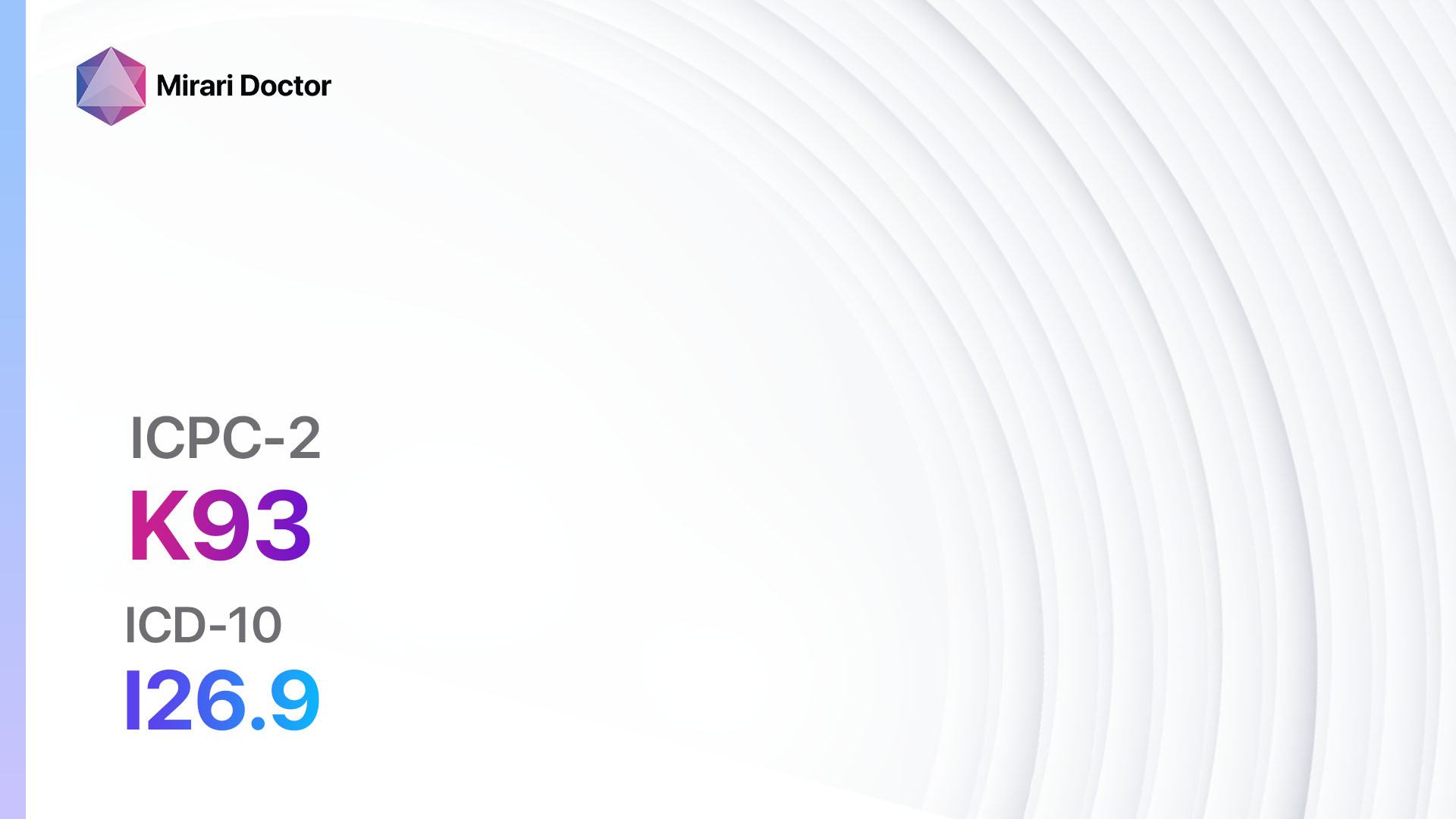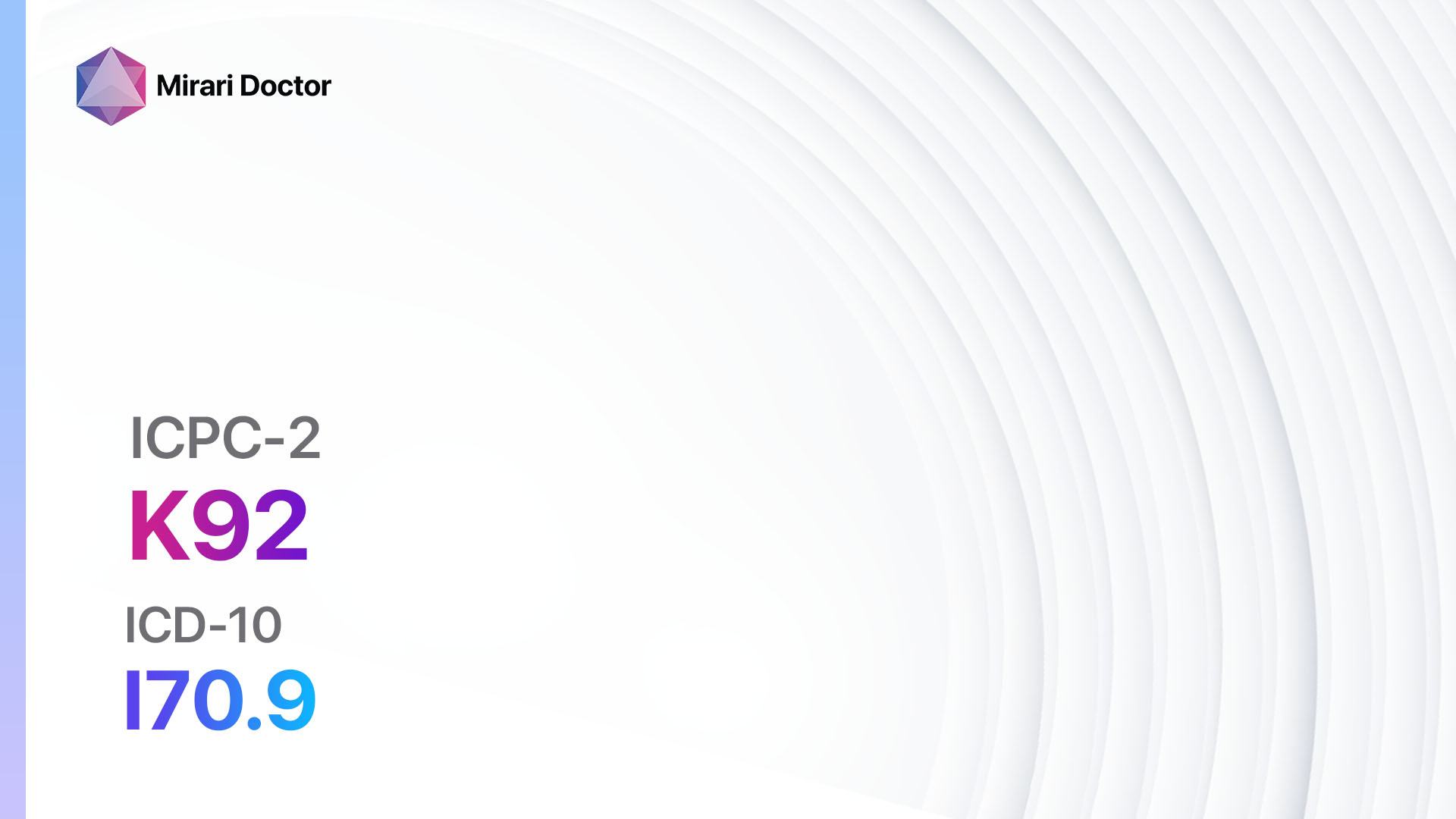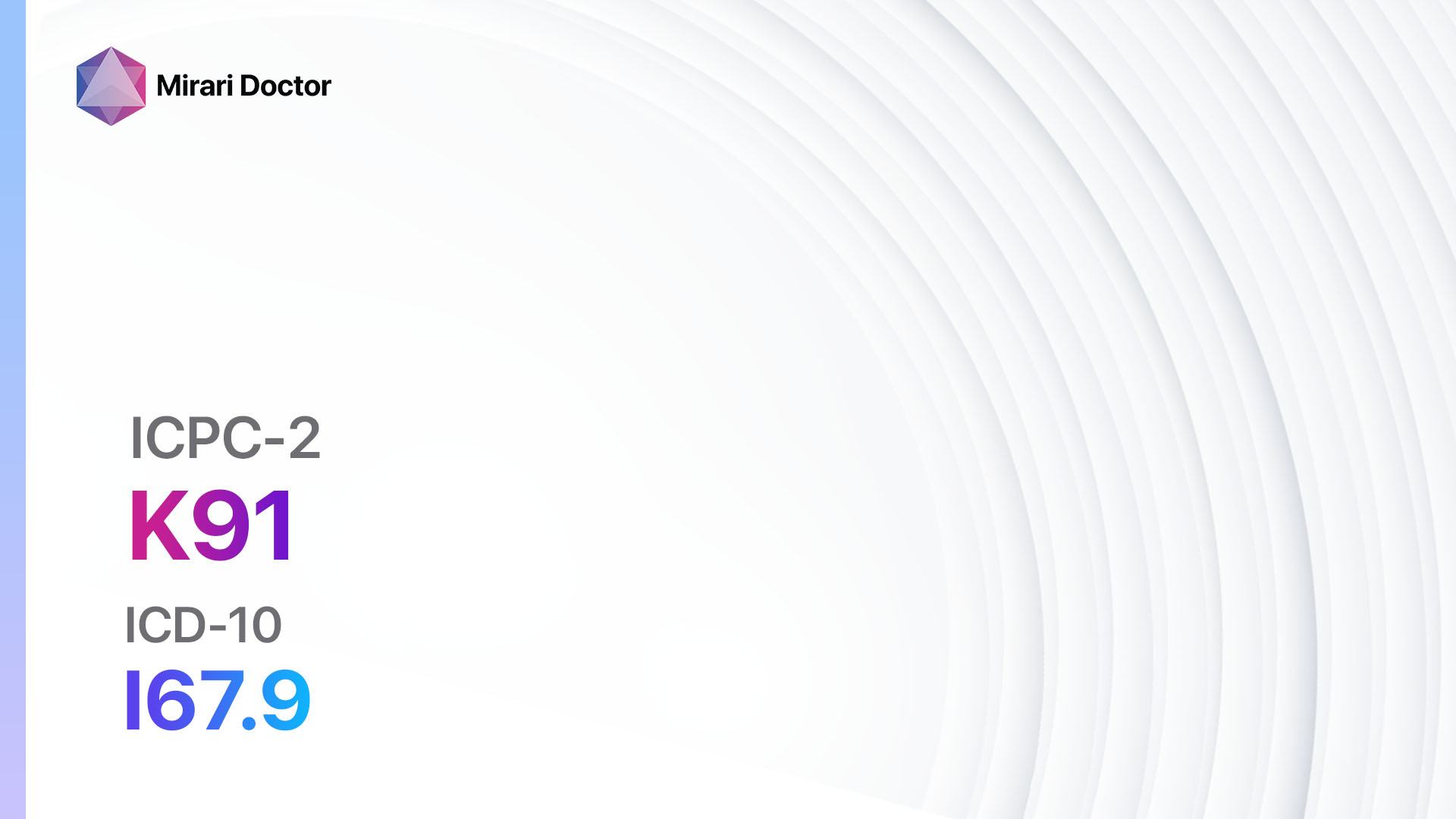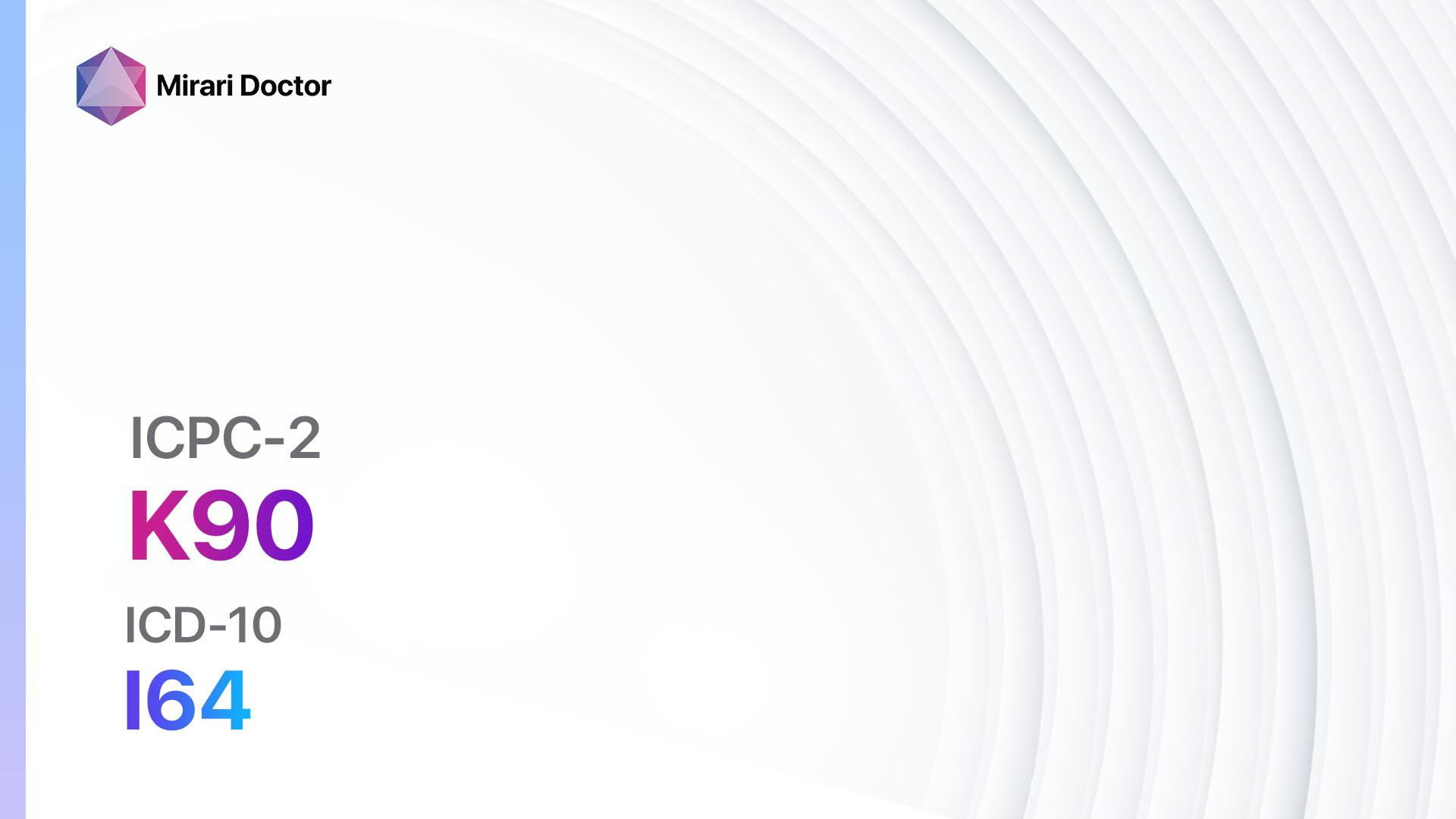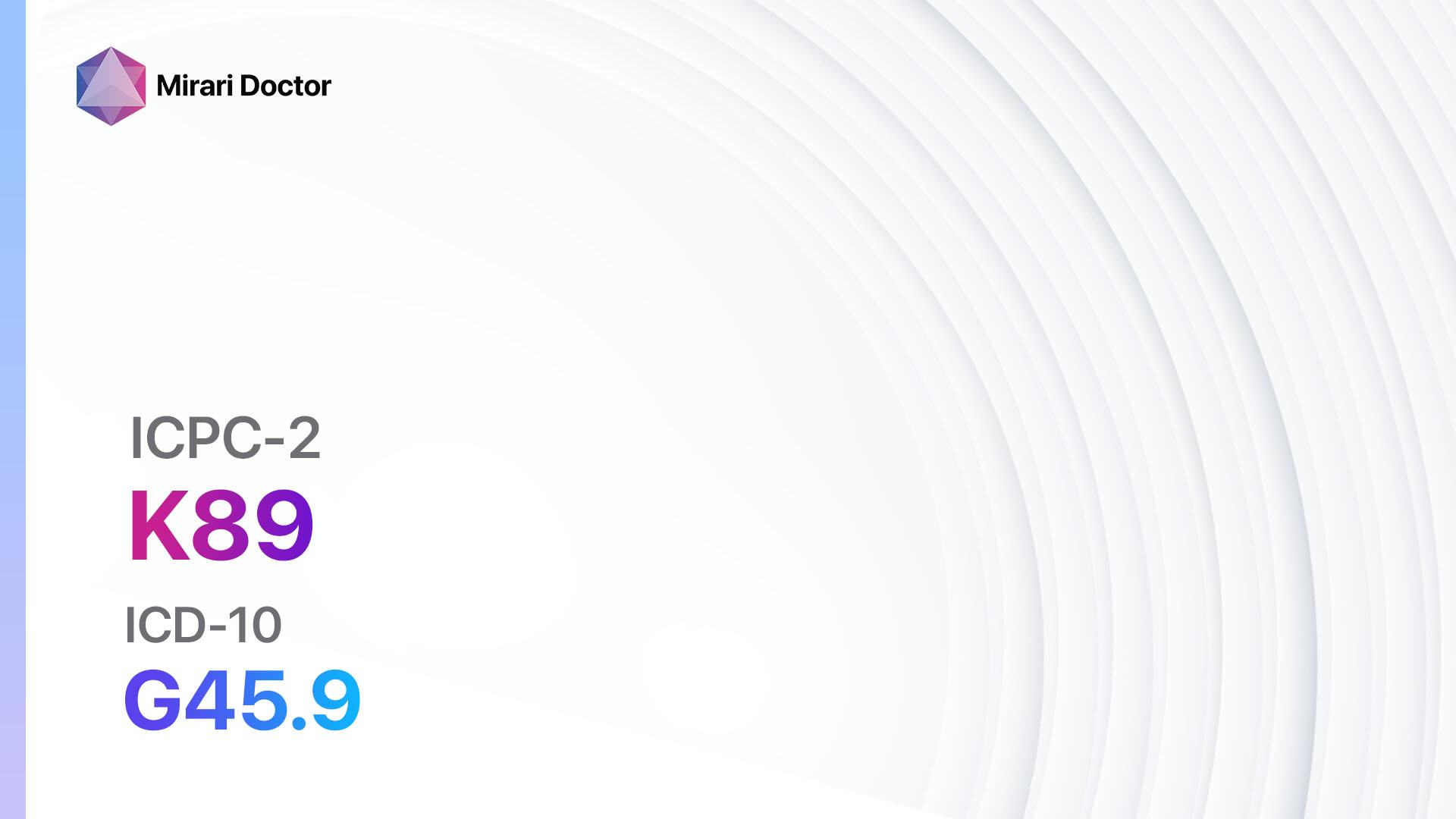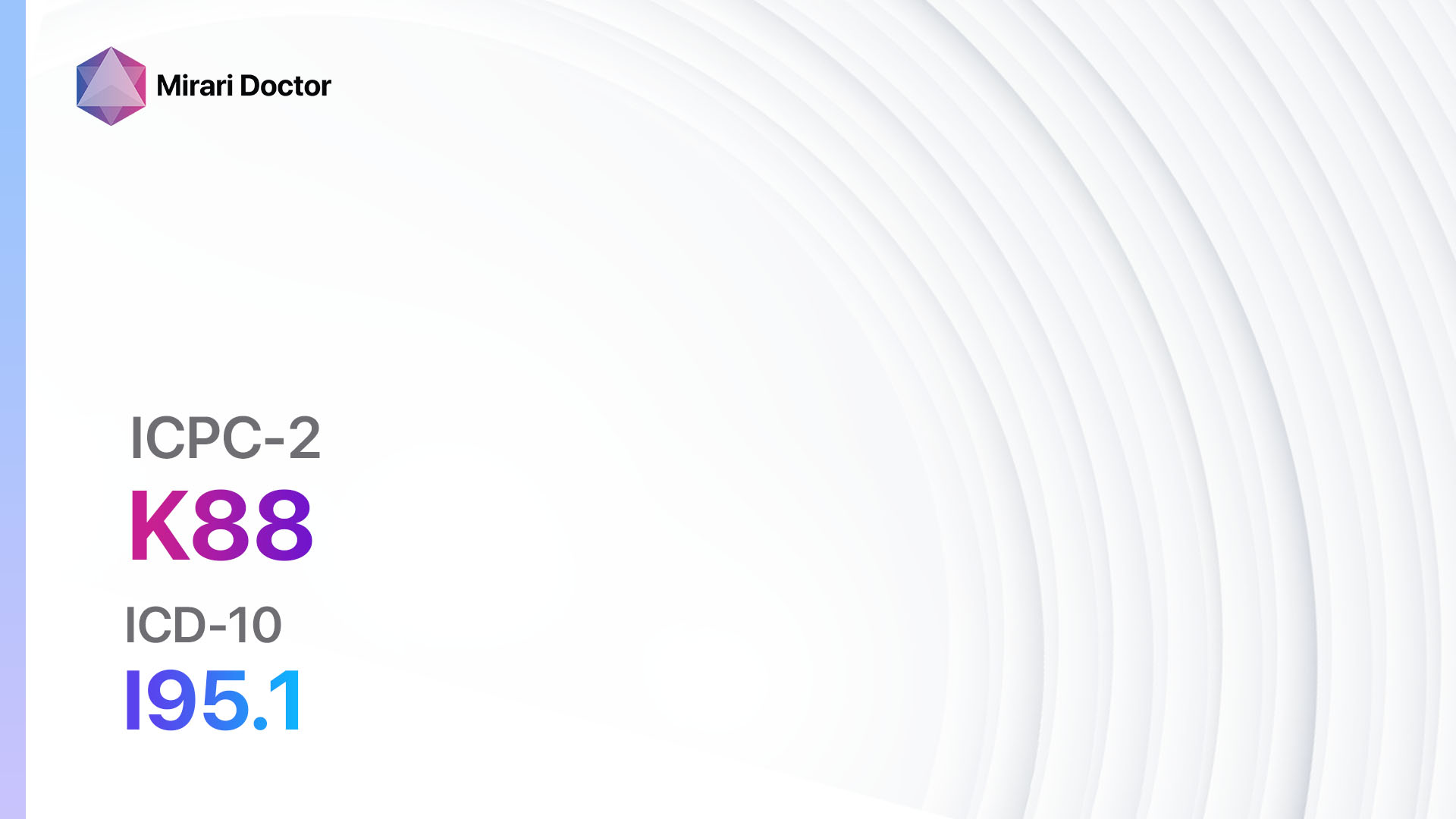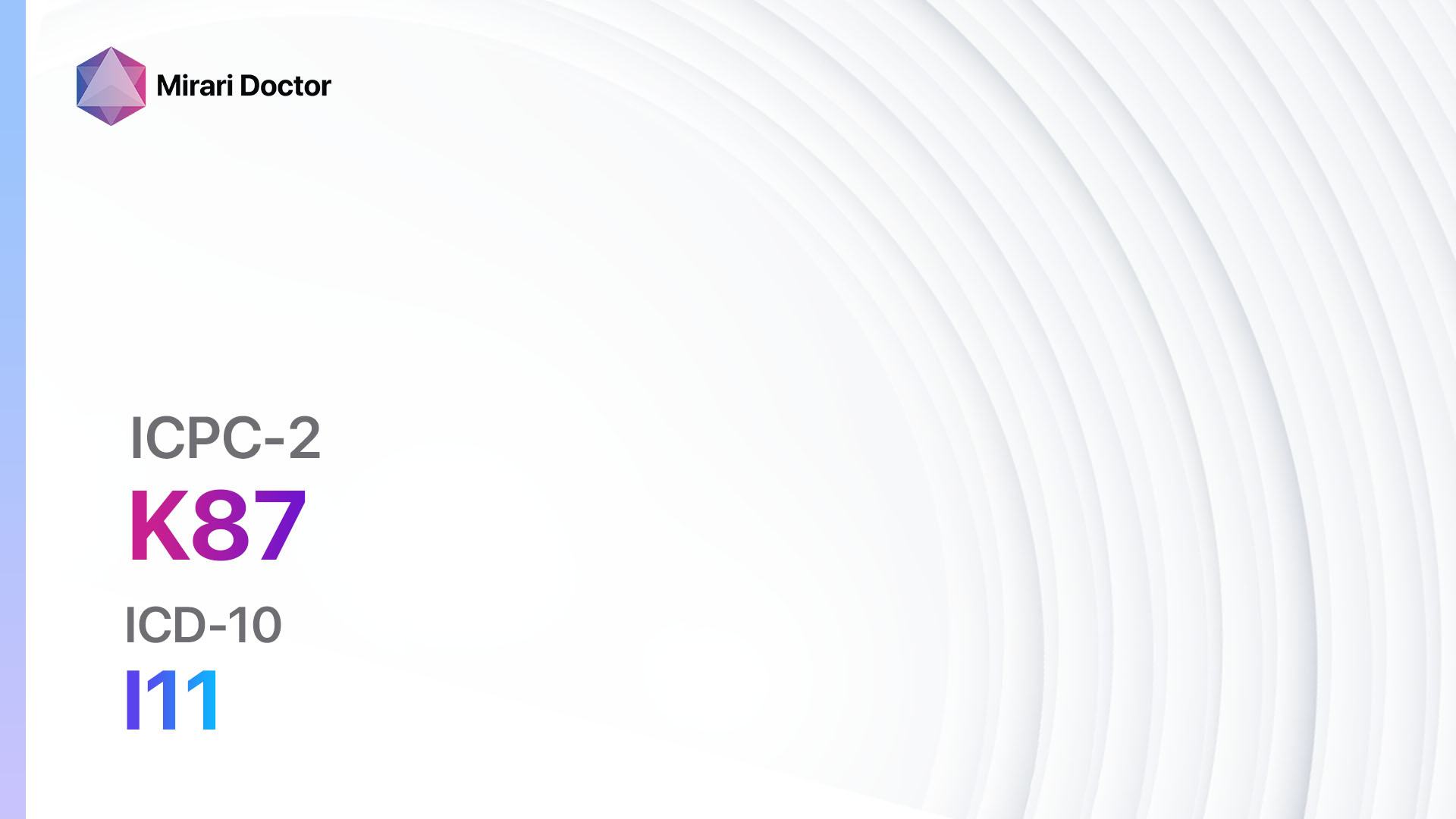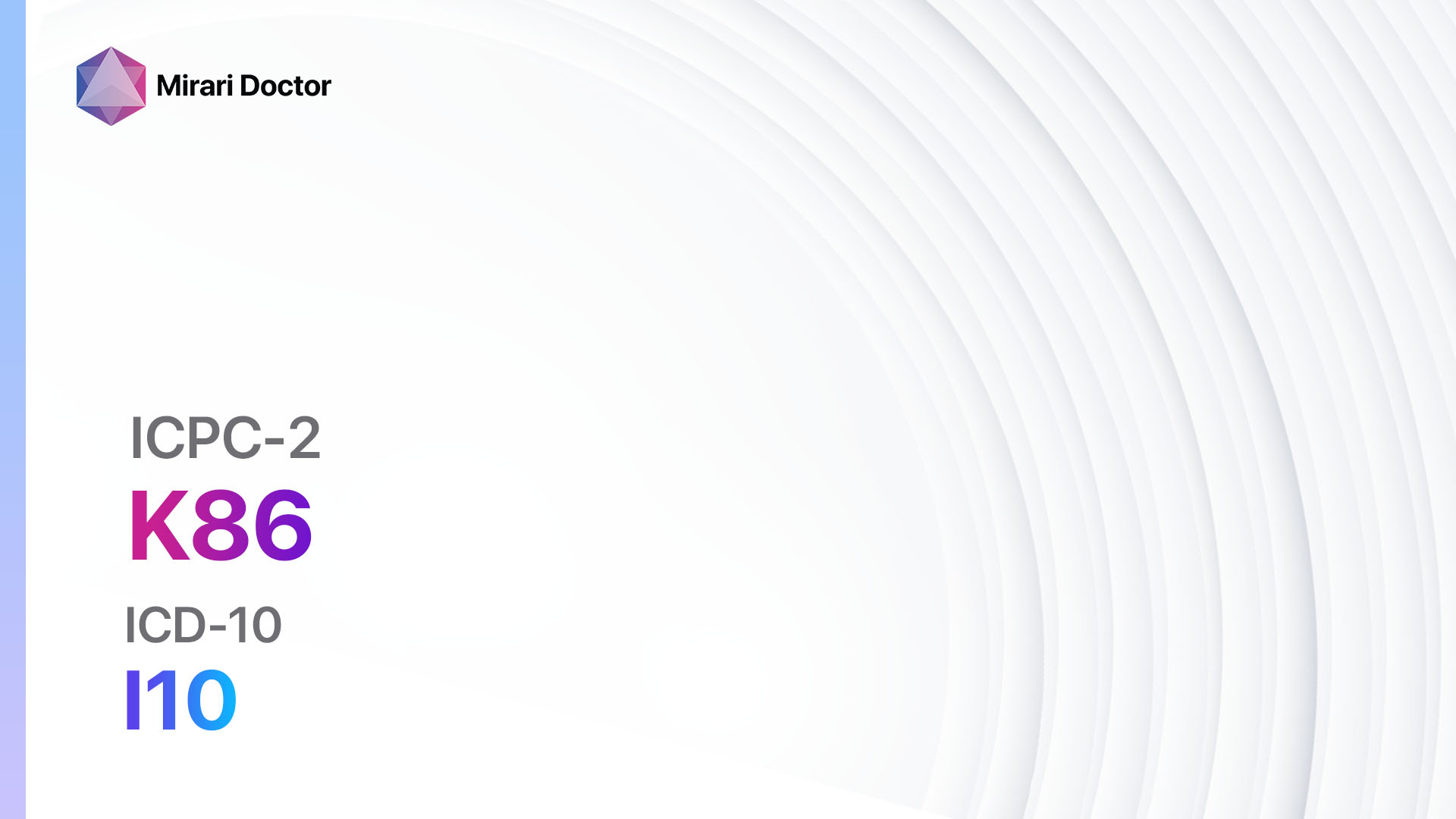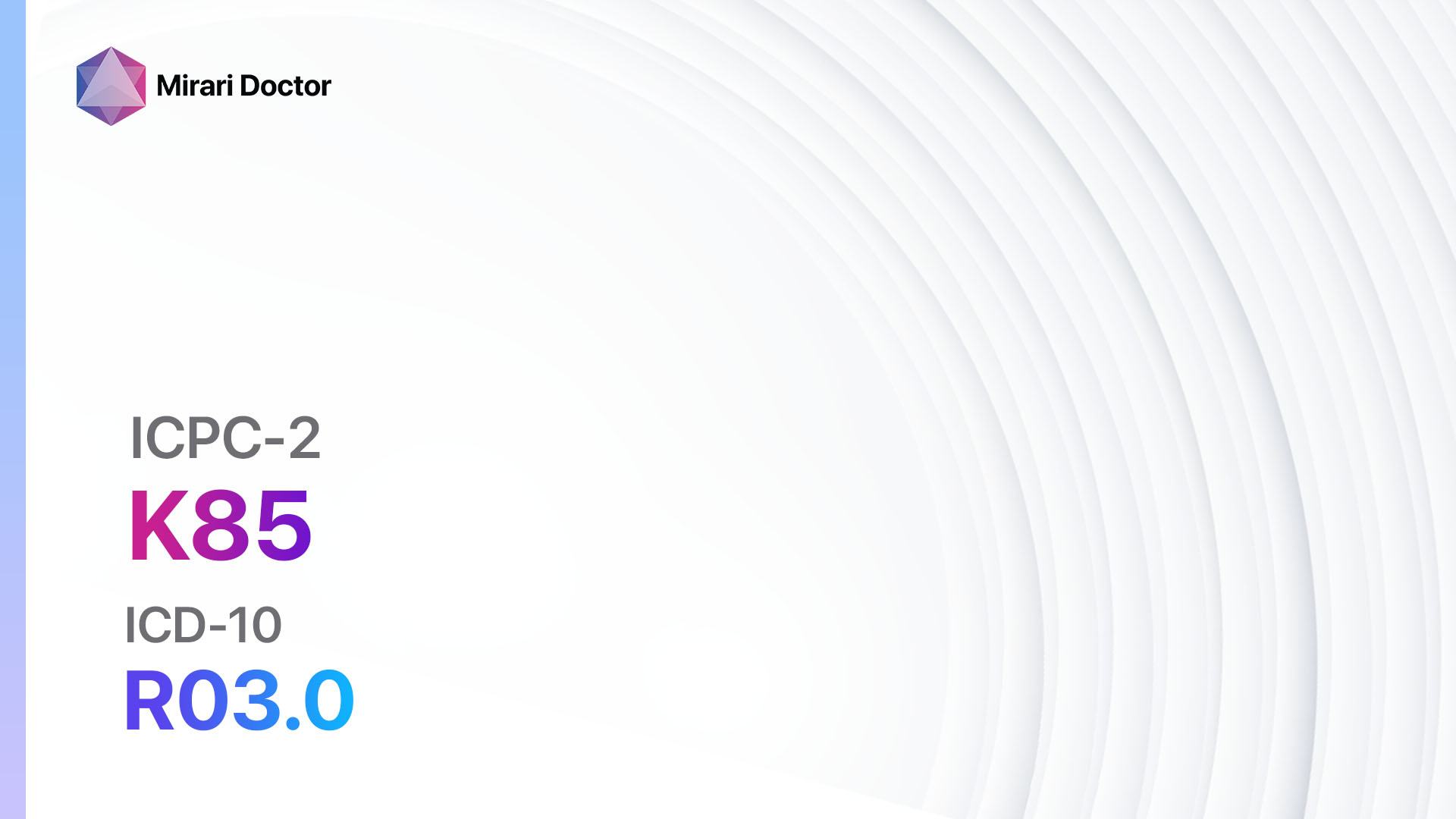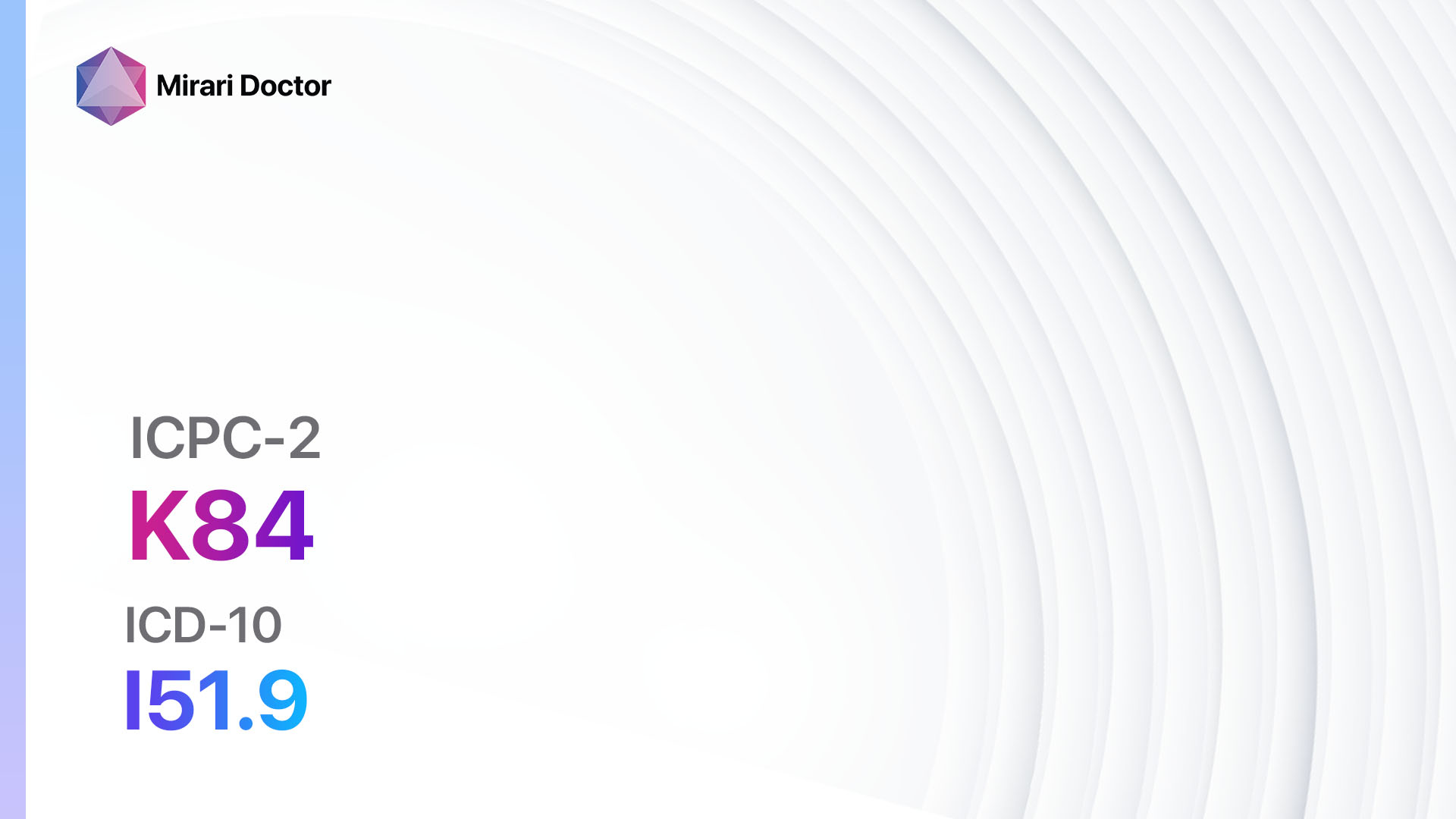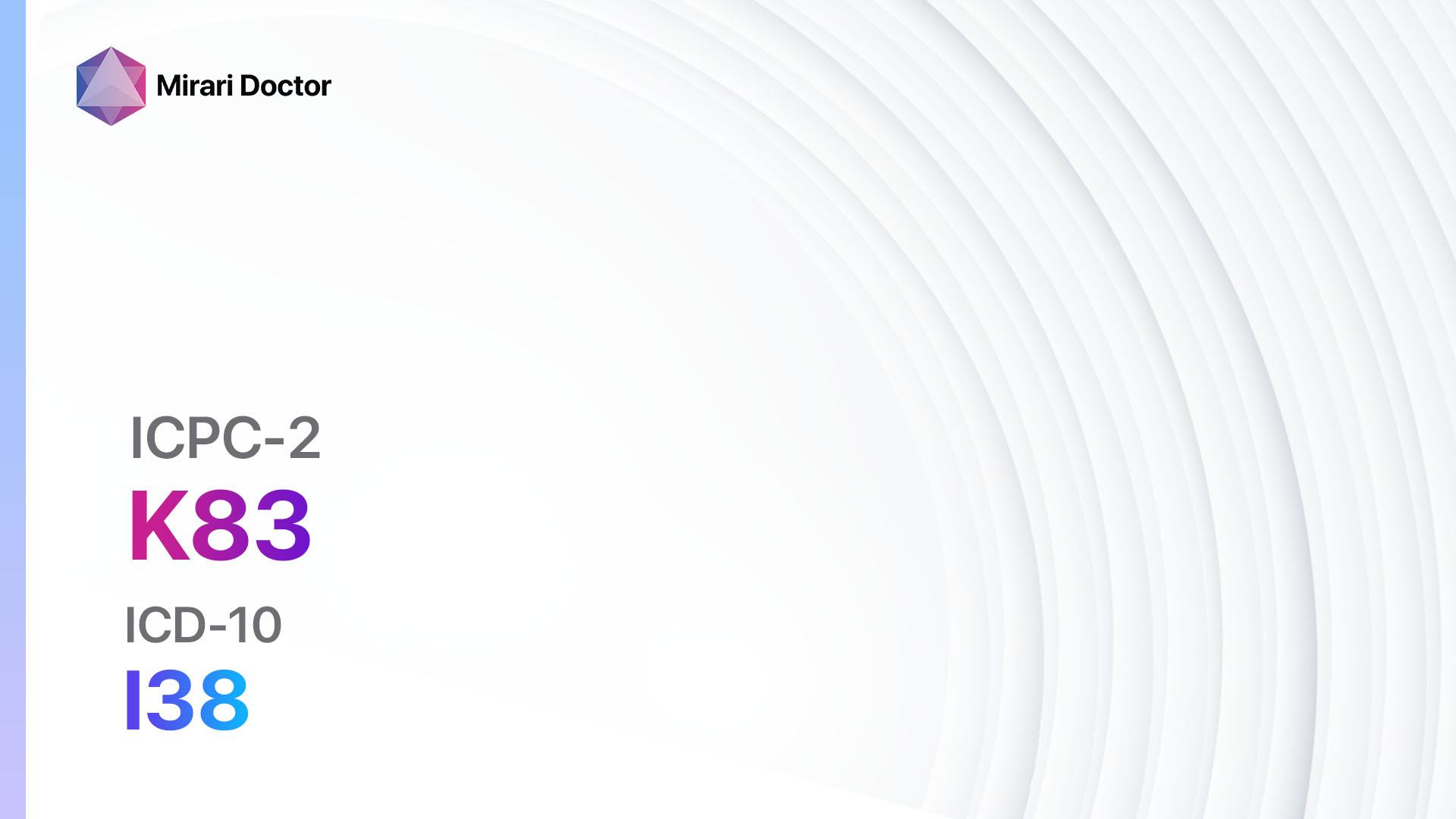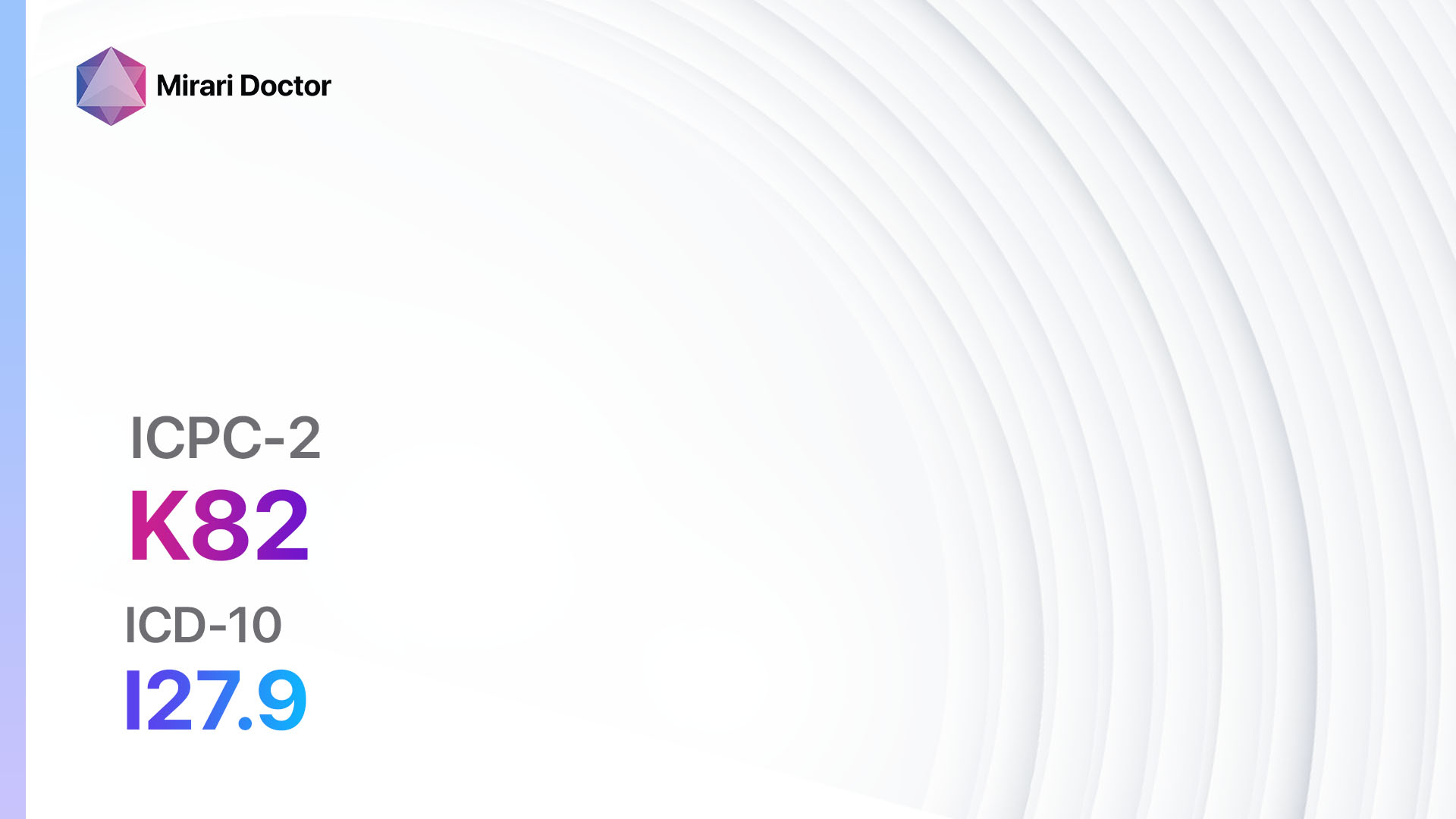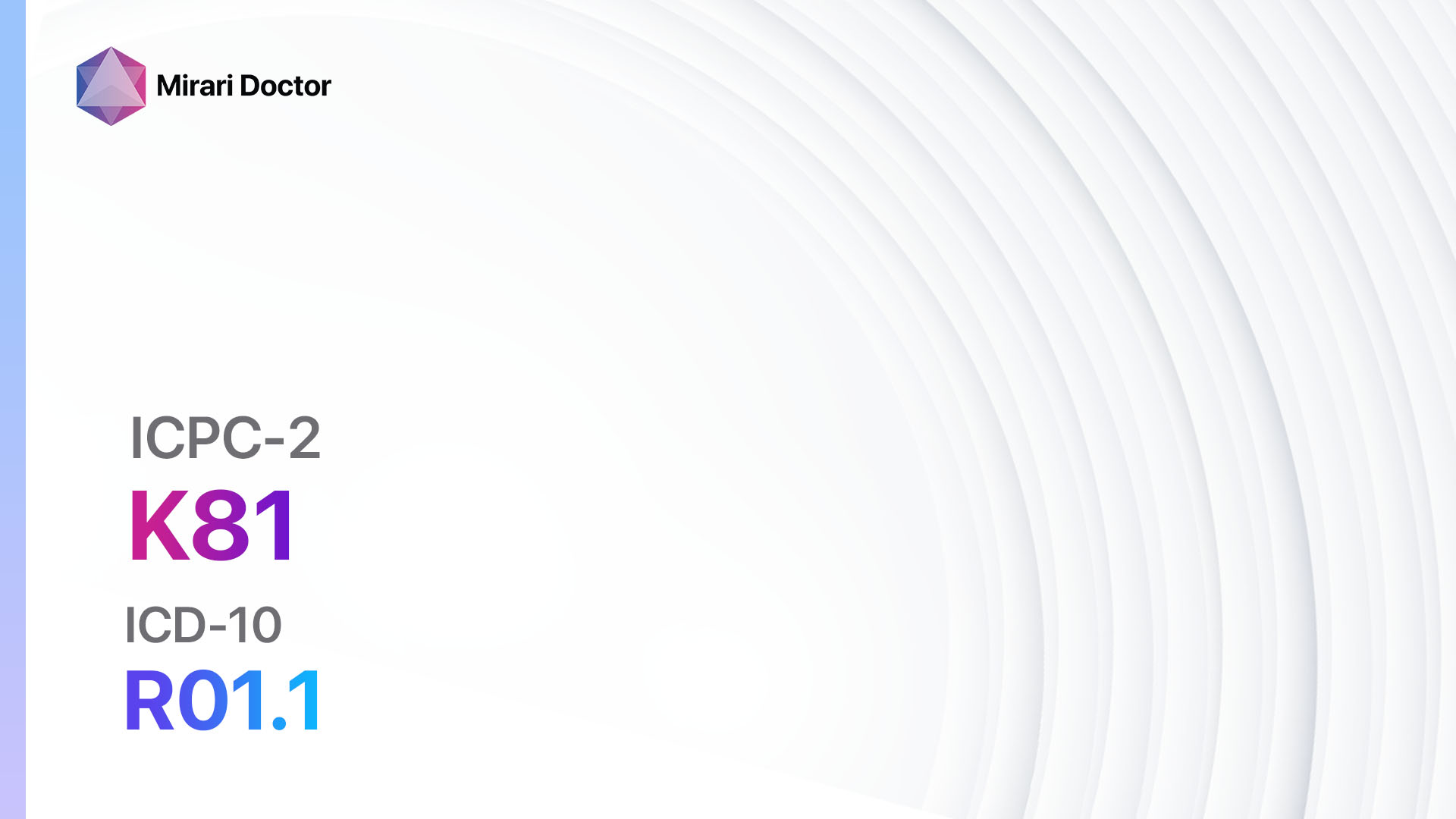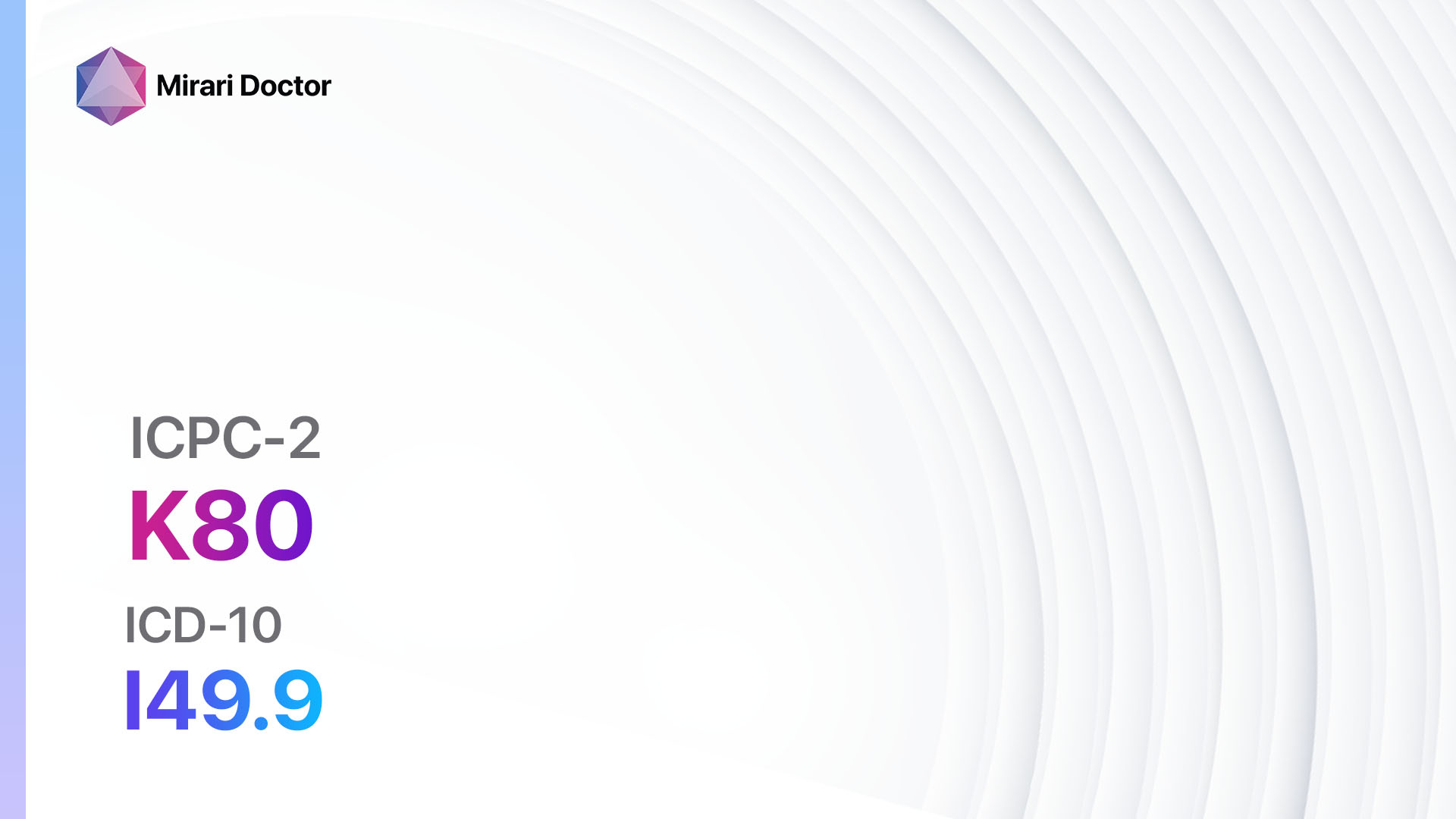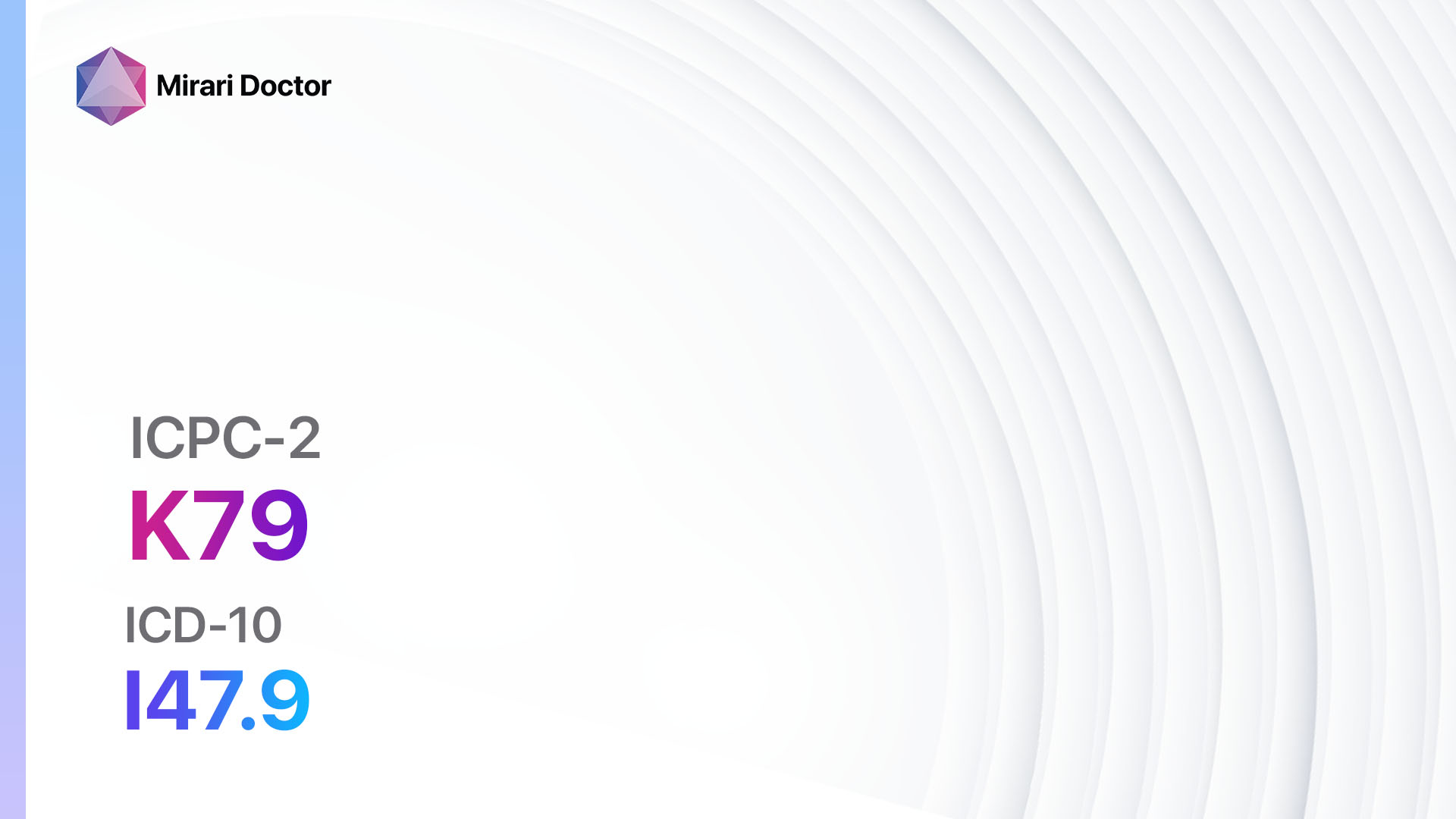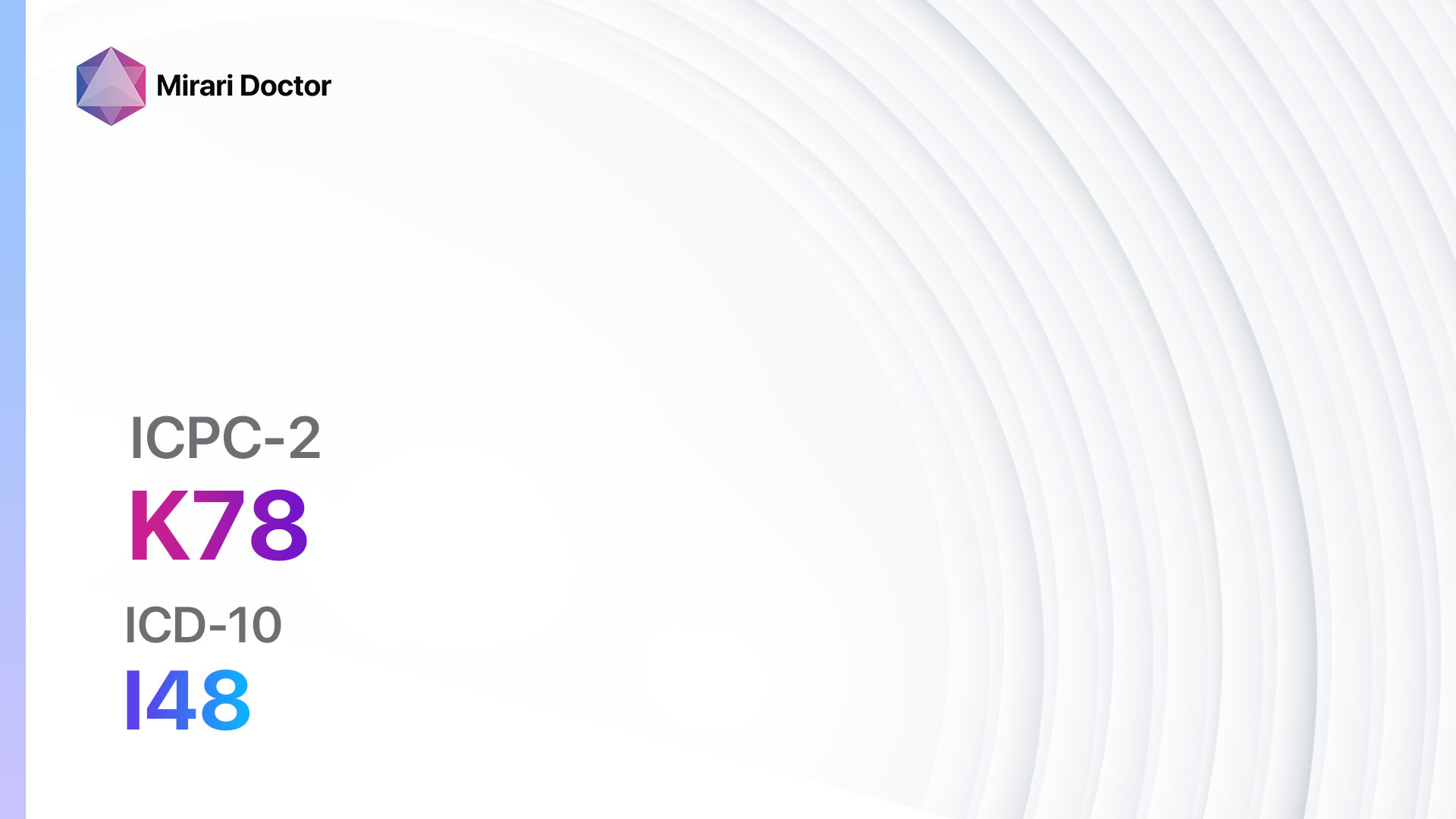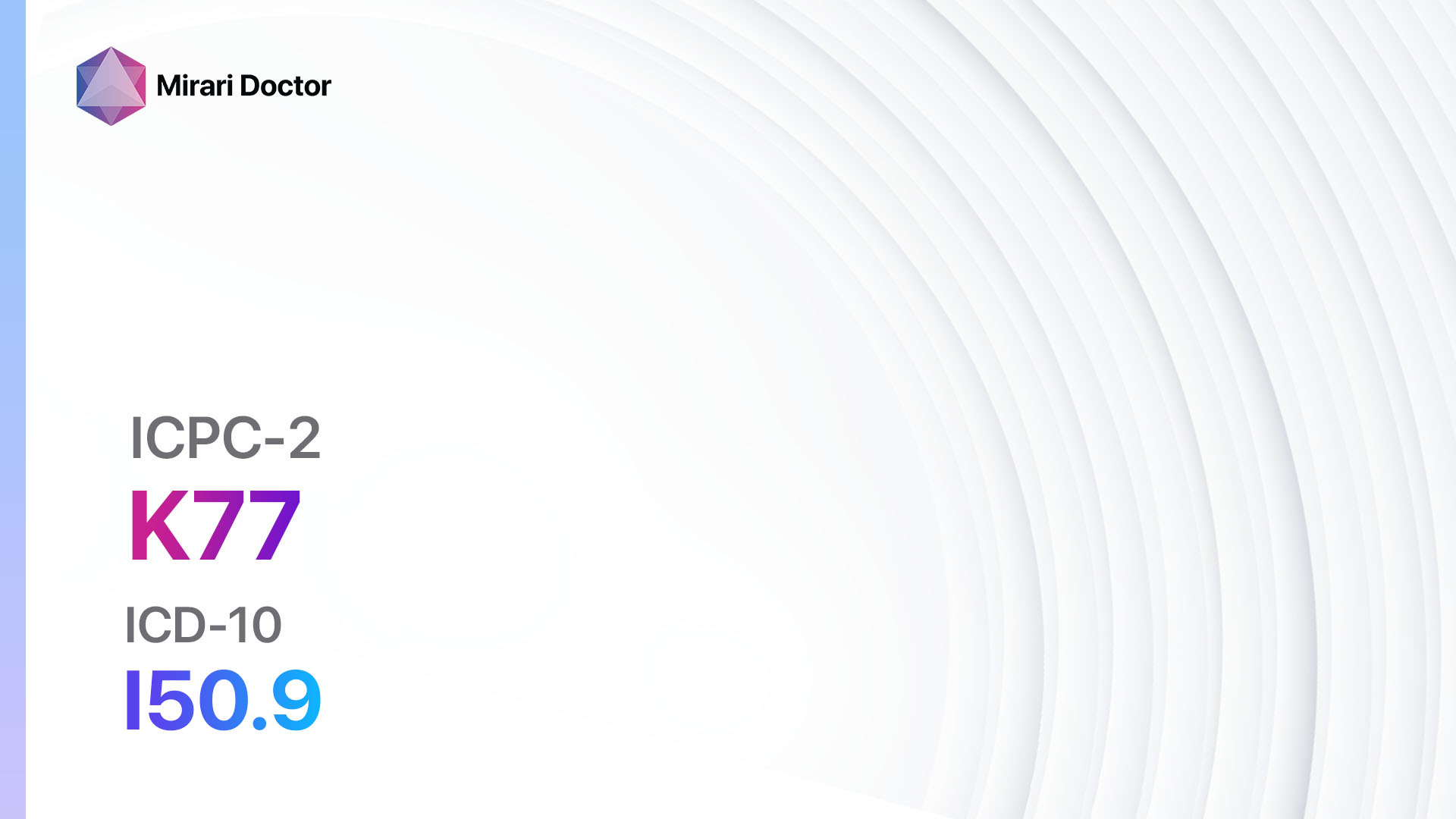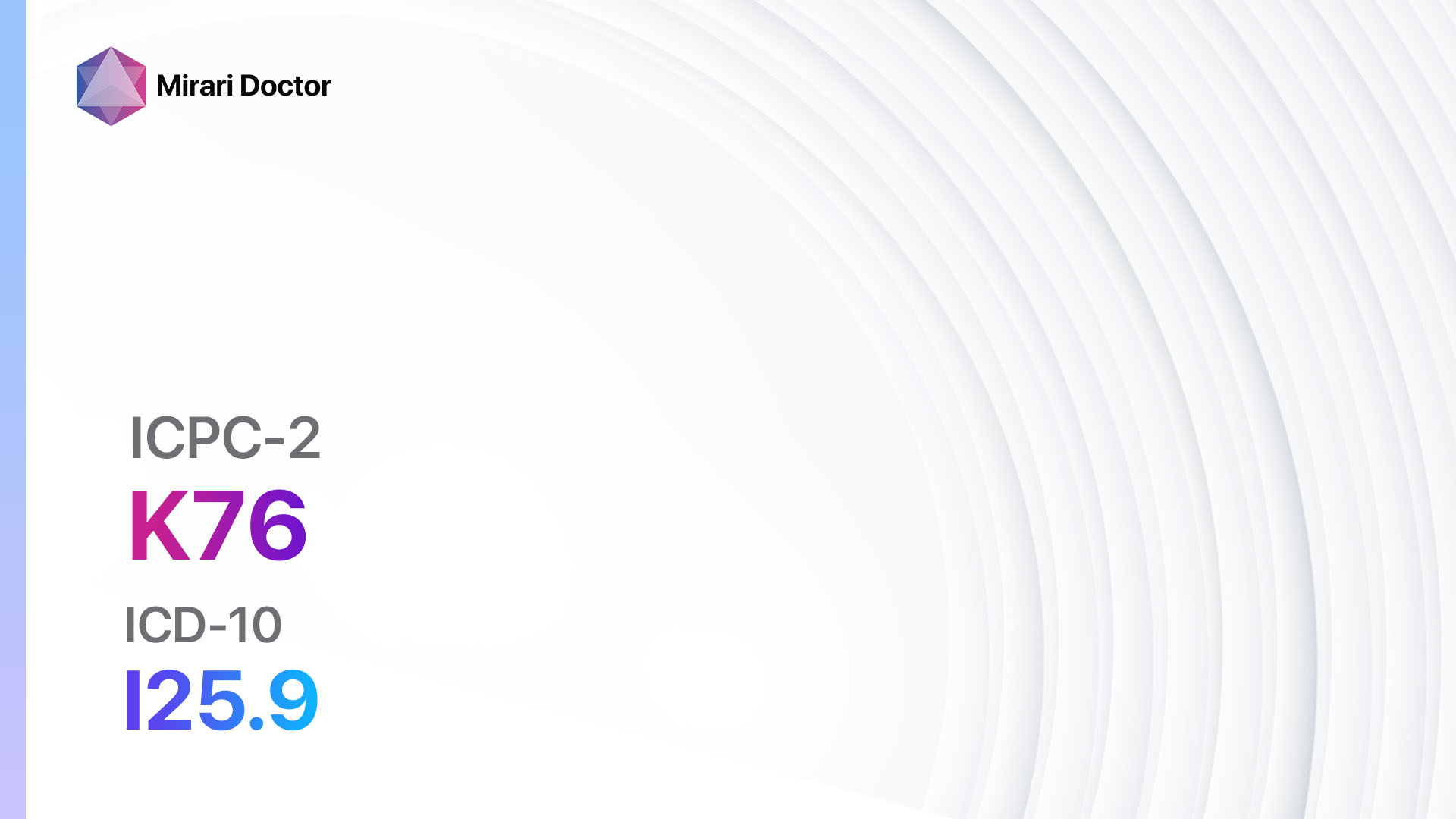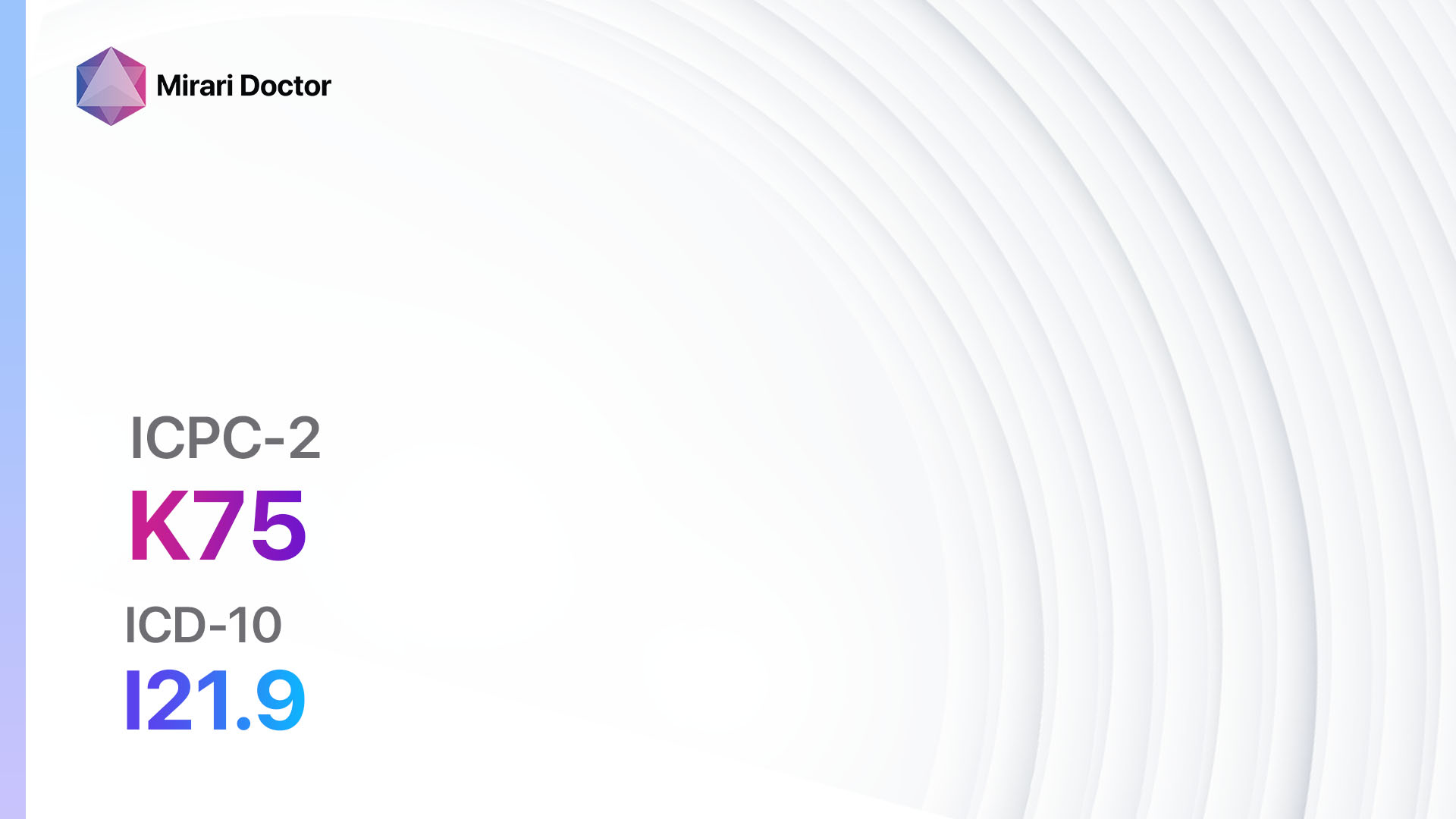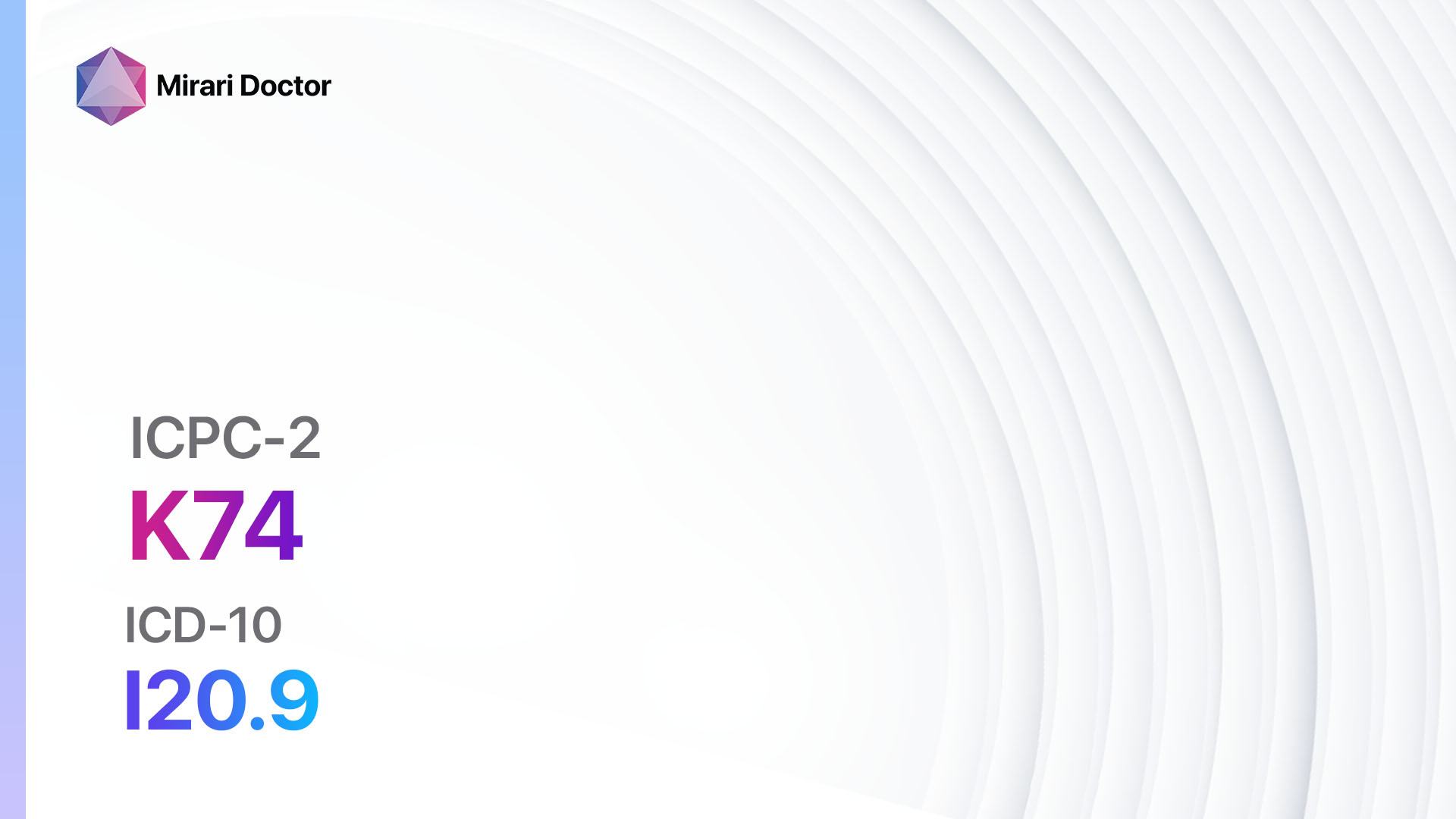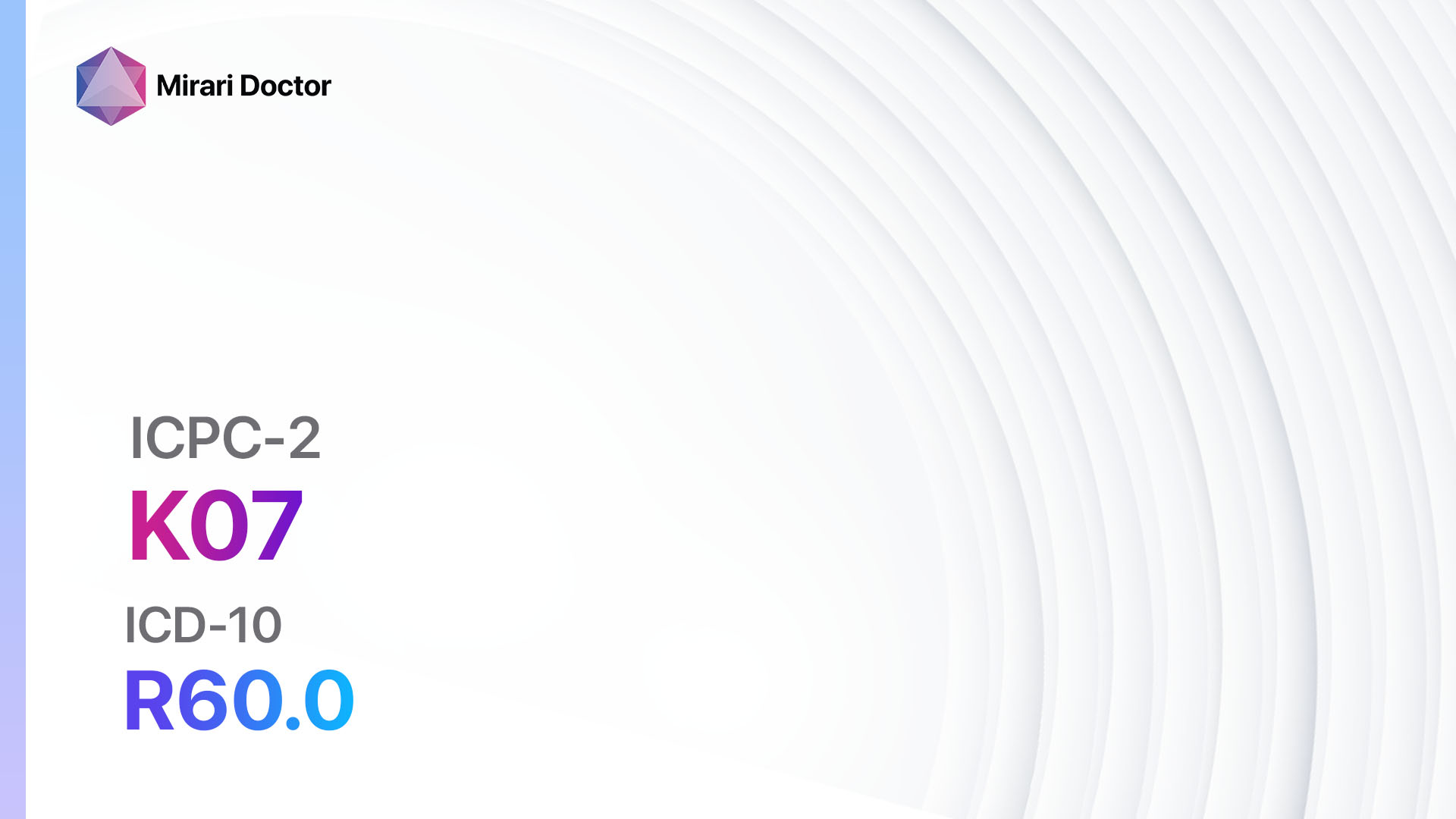
Introduction
Swollen ankles, also known as oedema, is a condition characterized by the accumulation of excess fluid in the tissues surrounding the ankles. It can be caused by various factors, including underlying medical conditions, lifestyle factors, and certain medications. This guide aims to provide a comprehensive overview of the symptoms, causes, diagnostic steps, possible interventions, and lifestyle interventions for swollen ankles/oedema.
Codes
Symptoms
- Swelling around the ankles[1]
- Puffiness or tightness in the affected area[2]
- Discomfort or pain in the ankles[3]
- Limited range of motion in the ankles[4]
- Skin discoloration or changes in texture[5]
- Difficulty walking or standing for long periods[6]
Causes
- Venous insufficiency: Inadequate blood flow from the legs back to the heart, leading to fluid accumulation.[7]
- Heart failure: Weakened heart muscles result in fluid retention in the lower extremities.[8]
- Kidney disease: Impaired kidney function can lead to fluid retention.[9]
- Liver disease: Liver dysfunction can cause fluid buildup in the legs.[10]
- Pregnancy: Hormonal changes and increased blood volume can lead to fluid retention.
- Medications: Certain medications, such as calcium channel blockers and nonsteroidal anti-inflammatory drugs (NSAIDs), can cause fluid retention.
- Inactivity: Lack of movement can impair blood circulation and contribute to fluid buildup.
- Obesity: Excess weight puts pressure on the veins and can lead to fluid retention.
- Lymphedema: Blockage or damage to the lymphatic system can cause fluid accumulation.
Diagnostic Steps
Medical History
- Gather information about the patient’s symptoms, including the duration and severity of ankle swelling.
- Identify any underlying medical conditions, such as heart disease, kidney disease, or liver disease.
- Assess the patient’s medication history, including any recent changes or additions.
- Inquire about lifestyle factors, such as physical activity level and dietary habits.
- Determine if there is a family history of swollen ankles or related conditions.
Physical Examination
- Inspect the ankles for swelling, discoloration, or changes in skin texture.
- Palpate the ankles to assess for tenderness or fluid accumulation.
- Check for pitting edema by applying pressure to the swollen area and observing if an indentation remains.
- Evaluate the range of motion in the ankles and assess for any limitations.
- Examine the legs for signs of varicose veins or other vascular abnormalities.
Laboratory Tests
- Complete blood count (CBC): To assess for any abnormalities, such as anemia or infection.
- Kidney function tests: To evaluate kidney function and identify any underlying kidney disease.
- Liver function tests: To assess liver function and detect any liver abnormalities.
- Thyroid function tests: To rule out thyroid disorders as a potential cause of ankle swelling.
- Urinalysis: To check for protein or other abnormalities that may indicate kidney dysfunction.
- Electrolyte levels: To evaluate the balance of electrolytes in the body.
Diagnostic Imaging
- X-ray: To assess the bones and joints in the ankles and rule out any fractures or other structural abnormalities.
- Ultrasound: To evaluate blood flow and identify any blockages or abnormalities in the veins or arteries.
- Doppler ultrasound: To assess blood flow and detect any blood clots or other vascular issues.
- CT scan or MRI: To obtain detailed images of the ankles and surrounding tissues, helpful in identifying any underlying causes of swelling.
Other Tests
- Echocardiogram: To evaluate heart function and identify any abnormalities that may be contributing to ankle swelling.
- Venous duplex ultrasound: To assess blood flow in the veins and identify any venous insufficiency or blood clots.
- Lymphoscintigraphy: To evaluate lymphatic flow and identify any blockages or abnormalities in the lymphatic system.
Follow-up and Patient Education
- Schedule follow-up appointments to monitor the progress of treatment and adjust interventions as needed.
- Educate the patient about the importance of lifestyle modifications, such as regular exercise, maintaining a healthy weight, and elevating the legs to reduce swelling.
- Provide information on the potential complications of untreated ankle swelling, such as skin infections or deep vein thrombosis.
- Encourage the patient to seek medical attention if symptoms worsen or new symptoms develop.
Possible Interventions
Traditional Interventions
Medications:
Top 5 drugs for Swollen Ankles/Oedema:
- Diuretics (e.g., Furosemide, Hydrochlorothiazide):
- Cost: Generic versions can be $3-$50/month.
- Contraindications: Allergy to sulfa drugs, severe kidney disease.
- Side effects: Frequent urination, electrolyte imbalances.
- Severe side effects: Dehydration, low blood pressure.
- Drug interactions: Nonsteroidal anti-inflammatory drugs (NSAIDs), lithium.
- Warning: Regular monitoring of kidney function and electrolyte levels required.
- Calcium channel blockers (e.g., Amlodipine, Nifedipine):
- Cost: Generic versions can be $10-$50/month.
- Contraindications: Severe heart failure, low blood pressure.
- Side effects: Dizziness, headache, ankle swelling.
- Severe side effects: Irregular heartbeat, liver problems.
- Drug interactions: Grapefruit juice, beta-blockers.
- Warning: Regular blood pressure monitoring required.
- Angiotensin-converting enzyme (ACE) inhibitors (e.g., Lisinopril, Enalapril):
- Cost: Generic versions can be $10-$50/month.
- Contraindications: History of angioedema, bilateral renal artery stenosis.
- Side effects: Dry cough, dizziness, low blood pressure.
- Severe side effects: Angioedema, kidney problems.
- Drug interactions: Potassium supplements, nonsteroidal anti-inflammatory drugs (NSAIDs).
- Warning: Regular monitoring of kidney function and potassium levels required.
- Nonsteroidal anti-inflammatory drugs (NSAIDs) (e.g., Ibuprofen, Naproxen):
- Cost: Generic versions can be $5-$20/month.
- Contraindications: History of stomach ulcers, kidney disease.
- Side effects: Stomach upset, increased risk of bleeding.
- Severe side effects: Stomach bleeding, kidney problems.
- Drug interactions: Blood thinners, ACE inhibitors.
- Warning: Should be taken with food to reduce stomach irritation.
- Anticoagulants (e.g., Warfarin, Apixaban):
- Cost: Generic versions can be $10-$50/month.
- Contraindications: Active bleeding, history of stroke.
- Side effects: Increased risk of bleeding, bruising.
- Severe side effects: Severe bleeding, allergic reactions.
- Drug interactions: NSAIDs, other blood thinners.
- Warning: Regular monitoring of blood clotting levels required.
Alternative Drugs:
- Compression stockings: Help improve blood flow and reduce swelling. Cost: $20-$100 per pair.
- Herbal diuretics: Natural supplements, such as dandelion or parsley, may have diuretic effects. Cost: Varies depending on the specific supplement.
- Antihistamines: Can help reduce swelling caused by allergic reactions. Cost: Generic versions can be $5-$20/month.
- Corticosteroids: May be prescribed for severe cases of ankle swelling due to inflammation. Cost: Generic versions can be $10-$50/month.
- Antidepressants: Some antidepressants, such as venlafaxine, can help reduce swelling. Cost: Generic versions can be $10-$50/month.
Surgical Procedures:
- Lymphatic drainage surgery: Surgical intervention to improve lymphatic flow and reduce swelling. Cost: $5,000 to $20,000.
- Vein stripping: Surgical removal of varicose veins to improve blood flow and reduce swelling. Cost: $3,000 to $10,000.
- Angioplasty and stent placement: A catheter is used to place a stent to open up narrowed arteries. Cost: $15,000 to $50,000.
- Coronary artery bypass surgery (CABG): Redirects blood around blocked or narrowed coronary arteries. Cost: $70,000 to $200,000.
- Liver transplant: Surgical replacement of a diseased liver with a healthy donor liver. Cost: $500,000 to $800,000.
Alternative Interventions
- Acupuncture: May help improve blood flow and reduce pain. Cost: $60-$120 per session.
- Chelation therapy: Controversial treatment involving the administration of chelating agents to remove heavy metals from the body. Cost: $75-$150 per session.
- Hyperbaric oxygen therapy: Involves breathing pure oxygen in a pressurized chamber to increase oxygen delivery to tissues. Cost: $200-$300 per session.
- Herbal supplements: Some herbs, such as garlic and ginkgo biloba, may have potential benefits for improving circulation. Cost: Varies depending on the specific supplement.
- Massage therapy: Can help improve blood flow and reduce swelling. Cost: $50-$100 per session.
Lifestyle Interventions
- Exercise: Regular physical activity, such as walking or swimming, can help improve circulation and reduce ankle swelling. Cost: Varies depending on the chosen activity.
- Elevation: Elevating the legs above heart level for 15-30 minutes several times a day can help reduce swelling. Cost: Free.
- Compression stockings: Wearing compression stockings can help improve blood flow and reduce ankle swelling. Cost: $20-$100 per pair.
- Dietary changes: Limiting salt intake and increasing potassium-rich foods can help reduce fluid retention. Cost: Varies depending on food choices.
- Weight management: Maintaining a healthy weight can reduce pressure on the veins and decrease ankle swelling. Cost: Varies depending on chosen weight management methods.
It is important to note that the cost ranges provided are approximate and may vary depending on the location and availability of the interventions.
Mirari Cold Plasma Alternative Intervention
Understanding Mirari Cold Plasma
- Safe and Non-Invasive Treatment: Mirari Cold Plasma is a safe and non-invasive treatment option for various skin conditions. It does not require incisions, minimizing the risk of scarring, bleeding, or tissue damage.
- Efficient Extraction of Foreign Bodies: Mirari Cold Plasma facilitates the removal of foreign bodies from the skin by degrading and dissociating organic matter, allowing easier access and extraction.
- Pain Reduction and Comfort: Mirari Cold Plasma has a local analgesic effect, providing pain relief during the treatment, making it more comfortable for the patient.
- Reduced Risk of Infection: Mirari Cold Plasma has antimicrobial properties, effectively killing bacteria and reducing the risk of infection.
- Accelerated Healing and Minimal Scarring: Mirari Cold Plasma stimulates wound healing and tissue regeneration, reducing healing time and minimizing the formation of scars.
Mirari Cold Plasma Prescription
Video instructions for using Mirari Cold Plasma Device – K07 Swollen ankles/oedema (ICD-10:R60.0)
| Mild | Moderate | Severe |
| Mode setting: 1 (Infection) Location: 5 (Lungs) Morning: 15 minutes, Evening: 15 minutes |
Mode setting: 1 (Infection) Location: 5 (Lungs) Morning: 30 minutes, Lunch: 30 minutes, Evening: 30 minutes |
Mode setting: 1 (Infection) Location: 5 (Lungs) Morning: 30 minutes, Lunch: 30 minutes, Evening: 30 minutes |
| Mode setting: 2 (Wound Healing) Location: 5 (Lungs) Morning: 15 minutes, Evening: 15 minutes |
Mode setting: 2 (Wound Healing) Location: 5 (Lungs) Morning: 30 minutes, Lunch: 30 minutes, Evening: 30 minutes |
Mode setting: 2 (Wound Healing) Location: 5 (Lungs) Morning: 30 minutes, Lunch: 30 minutes, Evening: 30 minutes |
| Mode setting: 7 (Immunotherapy) Location: 1 (Sacrum) Morning: 15 minutes, Evening: 15 minutes |
Mode setting: 7 (Immunotherapy) Location: 1 (Sacrum) Morning: 30 minutes, Lunch: 30 minutes, Evening: 30 minutes |
Mode setting: 7 (Immunotherapy) Location: 1 (Sacrum) Morning: 30 minutes, Lunch: 30 minutes, Evening: 30 minutes |
| Mode setting: 7 (Immunotherapy) Location: 4 (Heart, Bile & Pancreas) Morning: 15 minutes, Evening: 15 minutes |
Mode setting: 7 (Immunotherapy) Location: 4 (Heart, Bile & Pancreas) Morning: 30 minutes, Lunch: 30 minutes, Evening: 30 minutes |
Mode setting:7 (Immunotherapy) Location: 4 (Heart, Bile & Pancreas) Morning: 30 minutes, Lunch: 30 minutes, Evening: 30 minutes |
| Total Morning: 60 minutes approx. $10 USD, Evening: 60 minutes approx. $10 USD |
Total Morning: 120 minutes approx. $20 USD, Lunch: 120 minutes approx. $20 USD, Evening: 120 minutes approx. $20 USD, |
Total Morning: 120 minutes approx. $20 USD, Lunch: 120 minutes approx. $20 USD, Evening: 120 minutes approx. $20 USD, |
| Usual treatment for 7-60 days approx. $140 USD – $1200 USD | Usual treatment for 6-8 weeks approx. $2,520 USD – $3,360 USD |
Usual treatment for 3-6 months approx. $5,400 USD – $10,800 USD
|
 |
|
Use the Mirari Cold Plasma device to treat Swollen ankles/oedema effectively.
WARNING: MIRARI COLD PLASMA IS DESIGNED FOR THE HUMAN BODY WITHOUT ANY ARTIFICIAL OR THIRD PARTY PRODUCTS. USE OF OTHER PRODUCTS IN COMBINATION WITH MIRARI COLD PLASMA MAY CAUSE UNPREDICTABLE EFFECTS, HARM OR INJURY. PLEASE CONSULT A MEDICAL PROFESSIONAL BEFORE COMBINING ANY OTHER PRODUCTS WITH USE OF MIRARI.
Step 1: Cleanse the Skin
- Start by cleaning the affected area of the skin with a gentle cleanser or mild soap and water. Gently pat the area dry with a clean towel.
Step 2: Prepare the Mirari Cold Plasma device
- Ensure that the Mirari Cold Plasma device is fully charged or has fresh batteries as per the manufacturer’s instructions. Make sure the device is clean and in good working condition.
- Switch on the Mirari device using the power button or by following the specific instructions provided with the device.
- Some Mirari devices may have adjustable settings for intensity or treatment duration. Follow the manufacturer’s instructions to select the appropriate settings based on your needs and the recommended guidelines.
Step 3: Apply the Device
- Place the Mirari device in direct contact with the affected area of the skin. Gently glide or hold the device over the skin surface, ensuring even coverage of the area experiencing.
- Slowly move the Mirari device in a circular motion or follow a specific pattern as indicated in the user manual. This helps ensure thorough treatment coverage.
Step 4: Monitor and Assess:
- Keep track of your progress and evaluate the effectiveness of the Mirari device in managing your Swollen ankles/oedema. If you have any concerns or notice any adverse reactions, consult with your health care professional.
Note
This guide is for informational purposes only and should not replace the advice of a medical professional. Always consult with your healthcare provider or a qualified medical professional for personal advice, diagnosis, or treatment. Do not solely rely on the information presented here for decisions about your health. Use of this information is at your own risk. The authors of this guide, nor any associated entities or platforms, are not responsible for any potential adverse effects or outcomes based on the content.
Mirari Cold Plasma System Disclaimer
- Purpose: The Mirari Cold Plasma System is a Class 2 medical device designed for use by trained healthcare professionals. It is registered for use in Thailand and Vietnam. It is not intended for use outside of these locations.
- Informational Use: The content and information provided with the device are for educational and informational purposes only. They are not a substitute for professional medical advice or care.
- Variable Outcomes: While the device is approved for specific uses, individual outcomes can differ. We do not assert or guarantee specific medical outcomes.
- Consultation: Prior to utilizing the device or making decisions based on its content, it is essential to consult with a Certified Mirari Tele-Therapist and your medical healthcare provider regarding specific protocols.
- Liability: By using this device, users are acknowledging and accepting all potential risks. Neither the manufacturer nor the distributor will be held accountable for any adverse reactions, injuries, or damages stemming from its use.
- Geographical Availability: This device has received approval for designated purposes by the Thai and Vietnam FDA. As of now, outside of Thailand and Vietnam, the Mirari Cold Plasma System is not available for purchase or use.
References
- Trayes, K. P., Studdiford, J. S., Pickle, S., & Tully, A. S. (2013). Edema: diagnosis and management. American family physician, 88(2), 102-110.
- Ely, J. W., Osheroff, J. A., Chambliss, M. L., & Ebell, M. H. (2006). Approach to leg edema of unclear etiology. The Journal of the American Board of Family Medicine, 19(2), 148-160.
- Gorman, W. P., Davis, K. R., & Donnelly, R. (2000). ABC of arterial and venous disease. Swollen lower limb-1: general assessment and deep vein thrombosis. BMJ: British Medical Journal, 320(7247), 1453.
- Tiwari, A., Cheng, K. S., Button, M., Myint, F., & Hamilton, G. (2003). Differential diagnosis, investigation, and current treatment of lower limb lymphedema. Archives of surgery, 138(2), 152-161.
- Ely, J. W., Osheroff, J. A., Chambliss, M. L., & Ebell, M. H. (2006). Approach to leg edema of unclear etiology. The Journal of the American Board of Family Medicine, 19(2), 148-160.
- Trayes, K. P., Studdiford, J. S., Pickle, S., & Tully, A. S. (2013). Edema: diagnosis and management. American family physician, 88(2), 102-110.
- Alguire, P. C., & Mathes, B. M. (1997). Chronic venous insufficiency and venous ulceration. Journal of general internal medicine, 12(6), 374-383.
- Gheorghiade, M., Filippatos, G., De Luca, L., & Burnett, J. (2006). Congestion in acute heart failure syndromes: an essential target of evaluation and treatment. The American journal of medicine, 119(12), S3-S10.
- Quaschning, T., Krane, V., Metzger, T., & Wanner, C. (2001). Abnormalities in uremic lipoprotein metabolism and its impact on cardiovascular disease. American journal of kidney diseases, 38(4), S14-S19.
- Kashani, A., & Landaverde, C. (2008). Fluid retention in cirrhosis: pathophysiology and management. QJM: An International Journal of Medicine, 101(2), 71-85.
Related articles
Made in USA


